Kissimmee Prairie Preserve, Okeechobee, Florida
On coming to the house, they saw the child with His mother Mary, and they bowed down and worshipped Him. Then they opened their treasures and presented Him with gifts of gold and of incense and of myrrh. ~ Matthew 2:10-11 Can you just imagine what Joseph and Mary must have thought when these guys arrived at their door? What about the neighbors? The Jews have been taught their entire lives to hate anyone who isn’t Jewish (although they had no problem trading with them) and now these rich middle-eastern guys show up in unknown numbers? It had to have caught them off guard to say the least! Because of the use of the words ‘house’ and ‘child’ the best guess by scholars is that Jesus is now about two years old. Each of these three gifts were expensive treasures in and of themselves and as you probably know, many scholars and teachers have sought to apply meaning to each one. But here’s a new thought presented by our pastor – – These gifts were provided by God, through these wealthy pagans, to enable these very materially-poor-chosen-by-God-parents the means to flee to Egypt soon, live there for a while, and return home to Nazareth. When God has a plan for us, He always, always provides the means to accomplish it!

I got nuttin’ for the last day of February, other than a ‘Good morning’ picture, which I have no idea why I took. And now it’s been so long, I can’t remember a single solitary thing we did that day. Neither can Blaine. Guess it wasn’t too exciting, whatever it was.
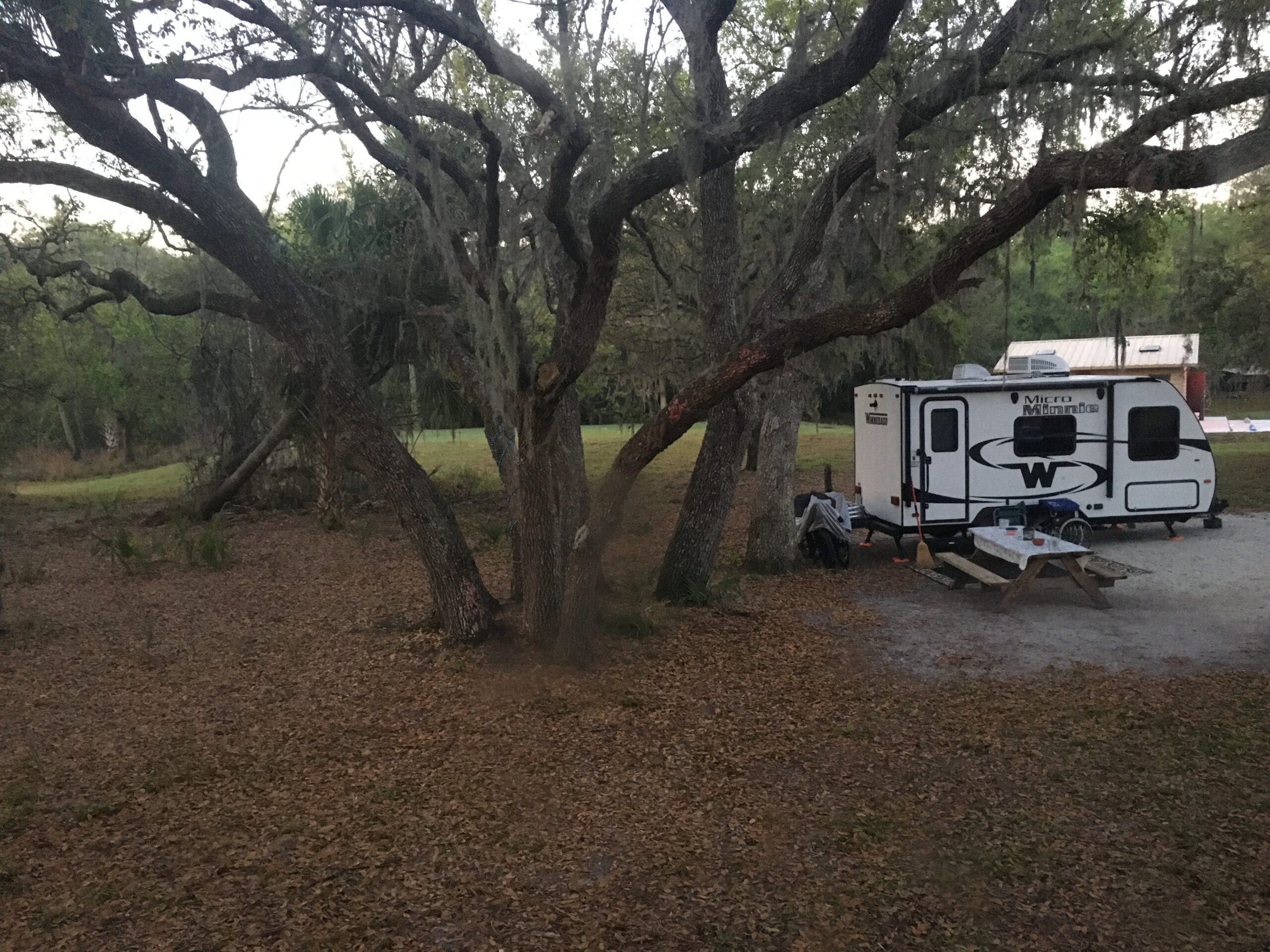
But on the first day of March?? Oh, yeah (with excited emphasis, as in, ‘Oh, ye-ah . . . It’s your birth-day!’ I hope you can hear that little rappy ditty in your head!) . . . .
It was spectacular!
When we got up this morning, it was to deep fog with very little visibility. So amazing!! We ate a very quick breakfast then headed out on our bikes. Everything was so wet, the dusty road wasn’t dusty at all and our bikes rode quite. In fact, everything was quiet, as we rode down to the dumpster, then on to where most of the gators seem to live.
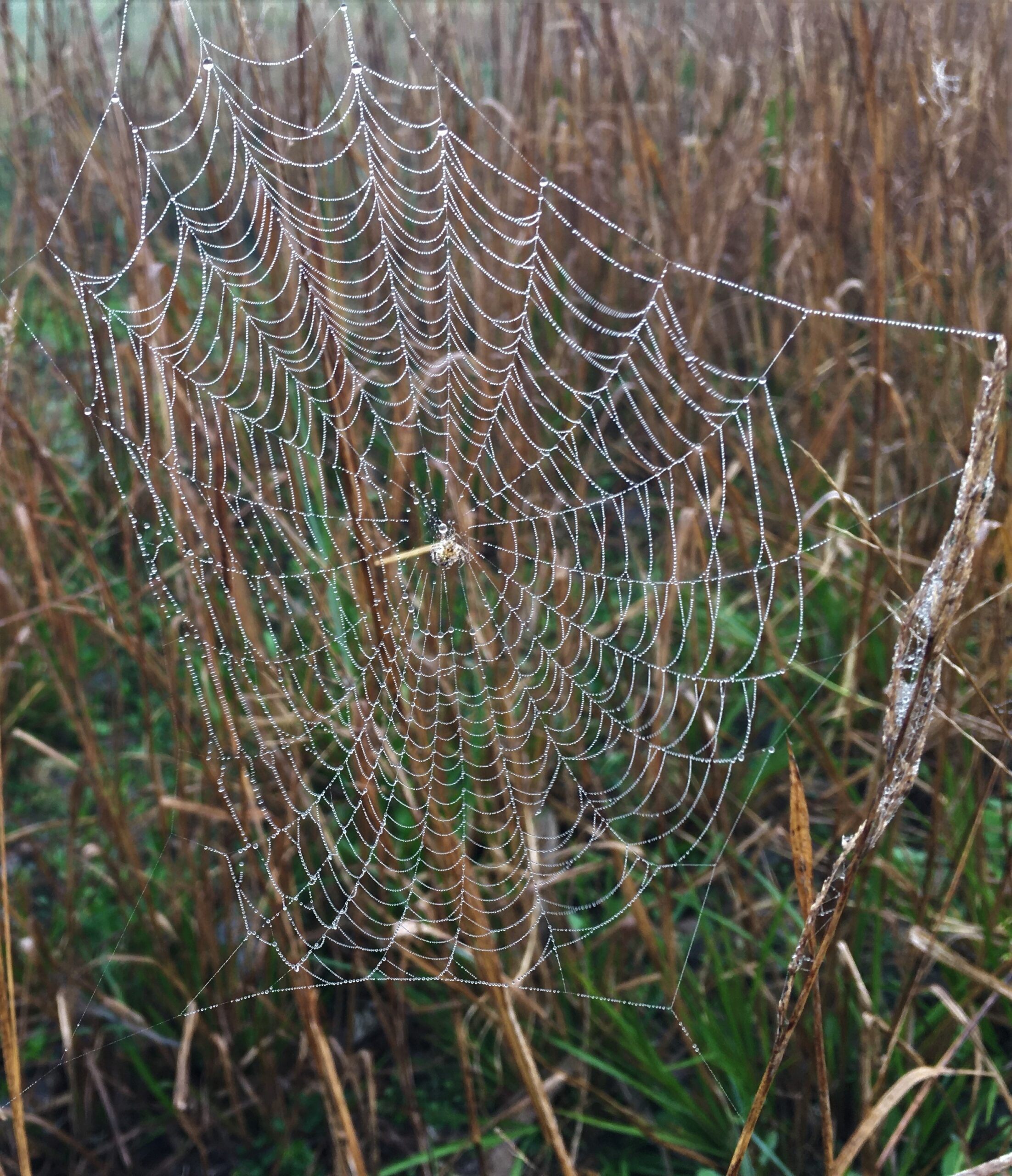
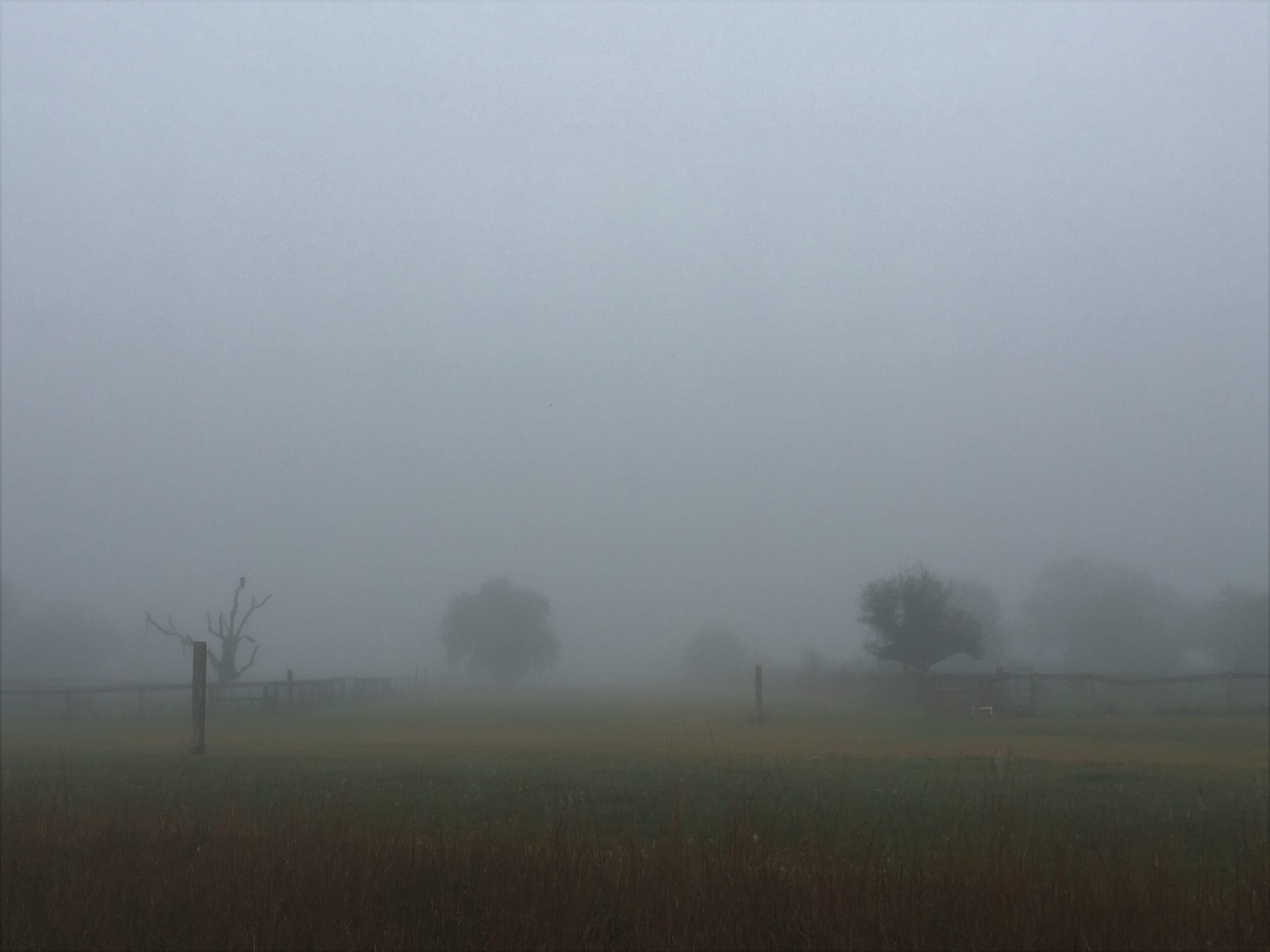
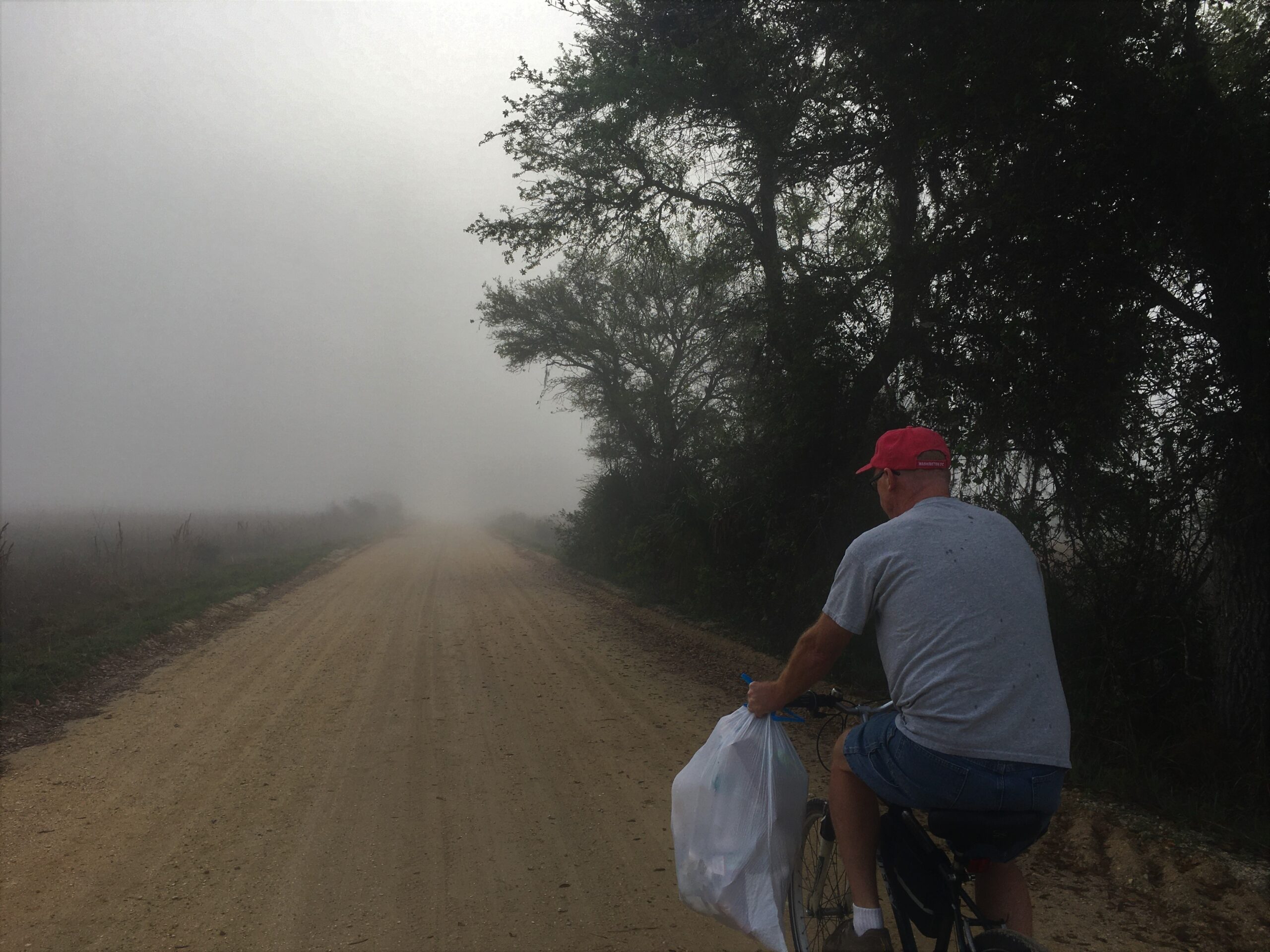
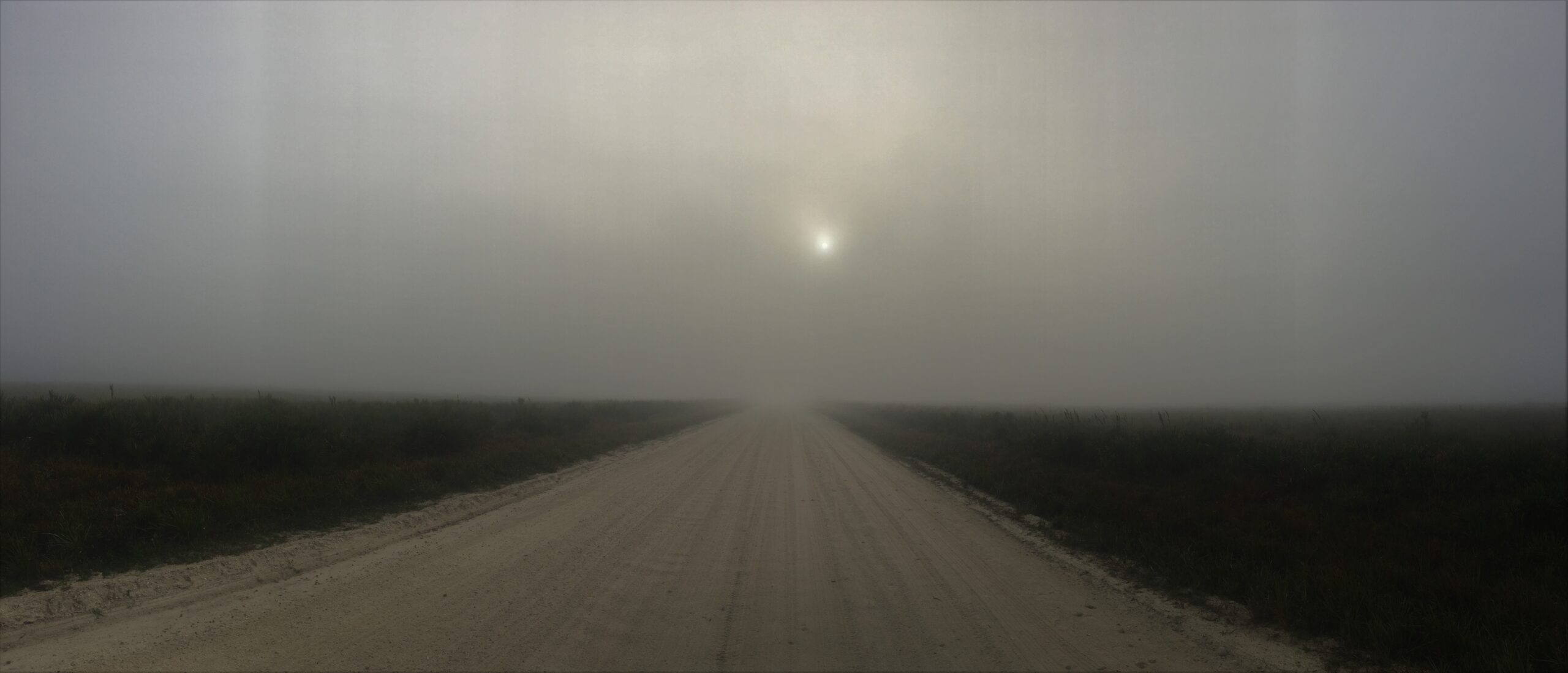
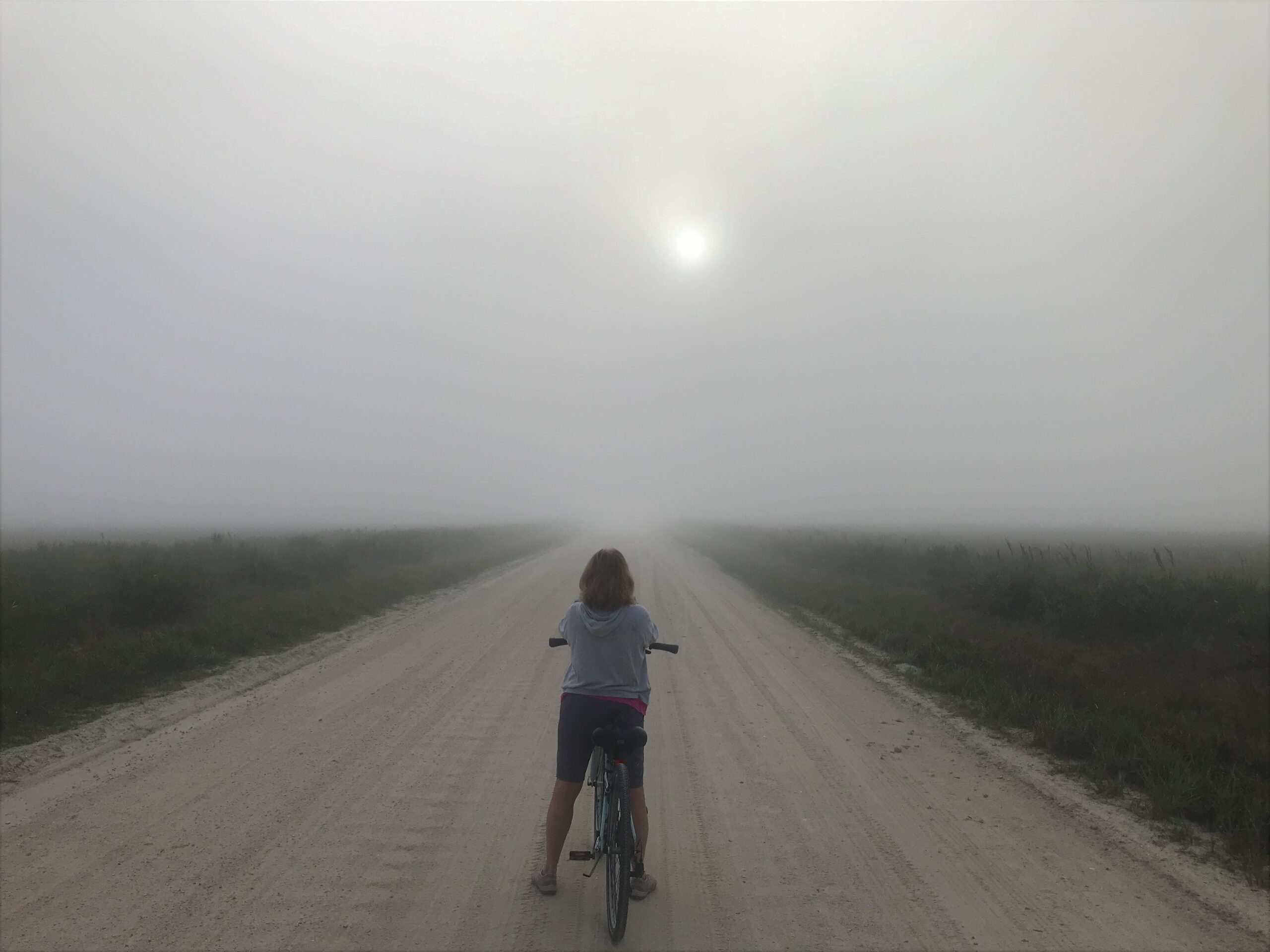
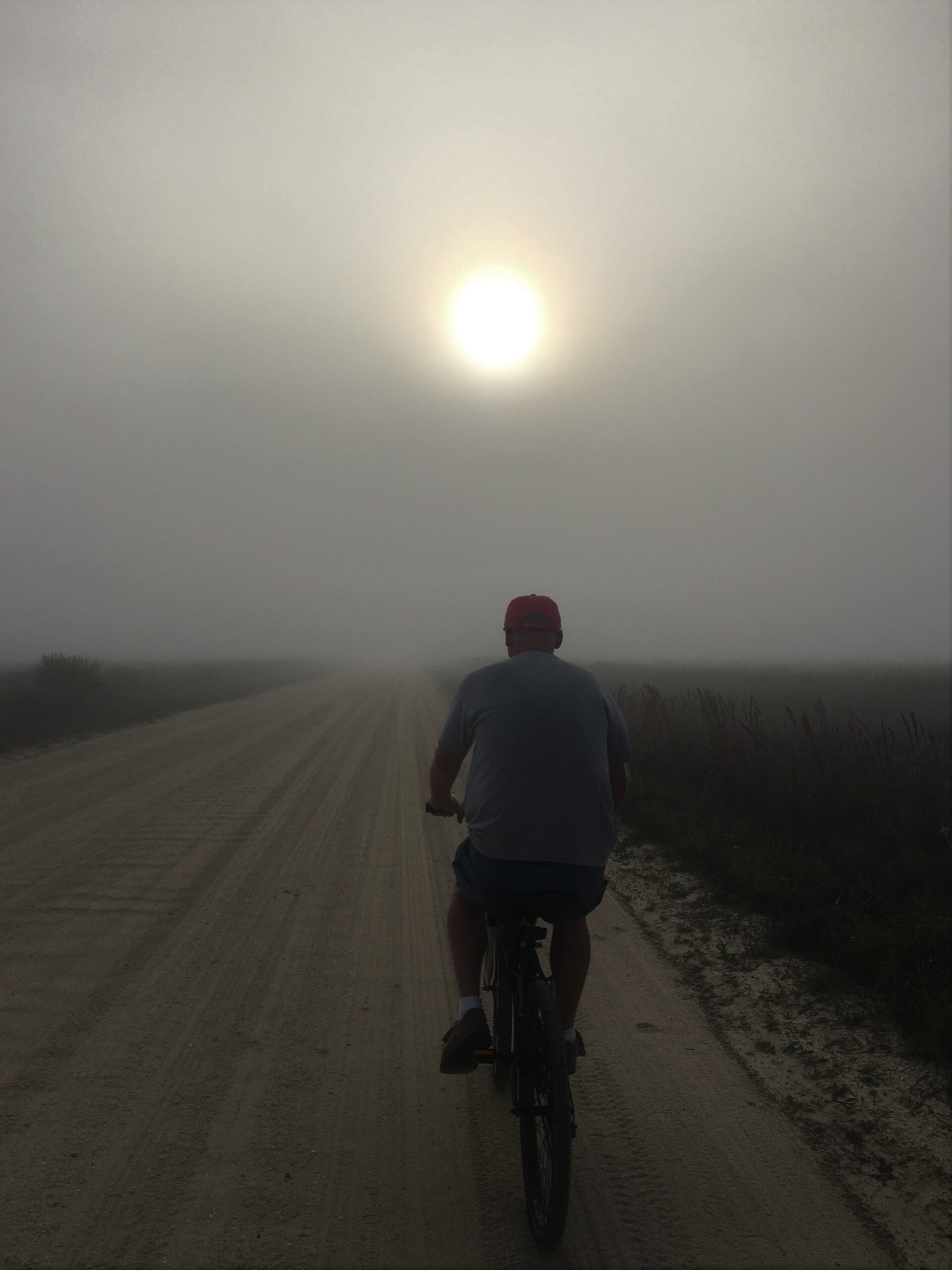
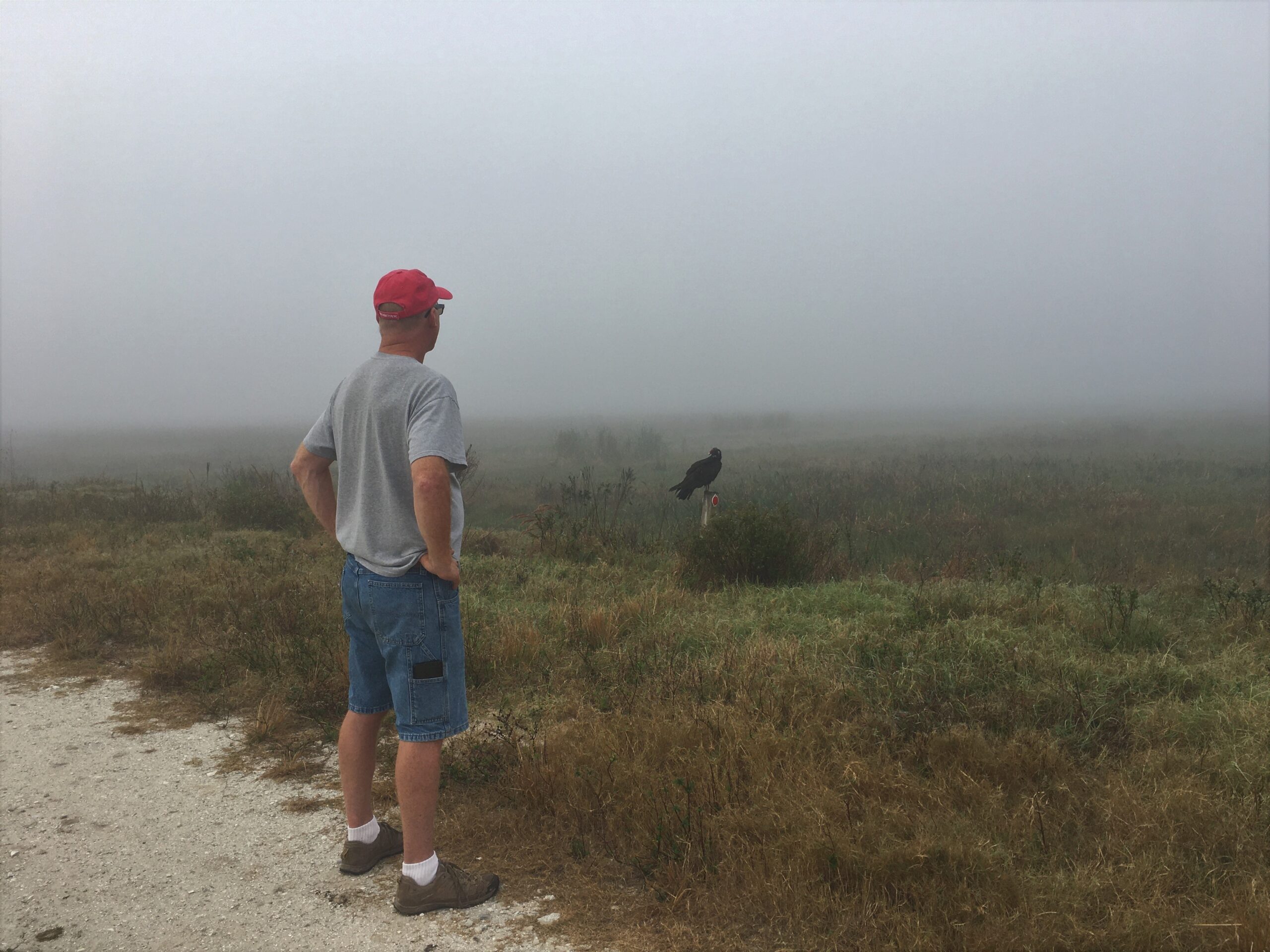
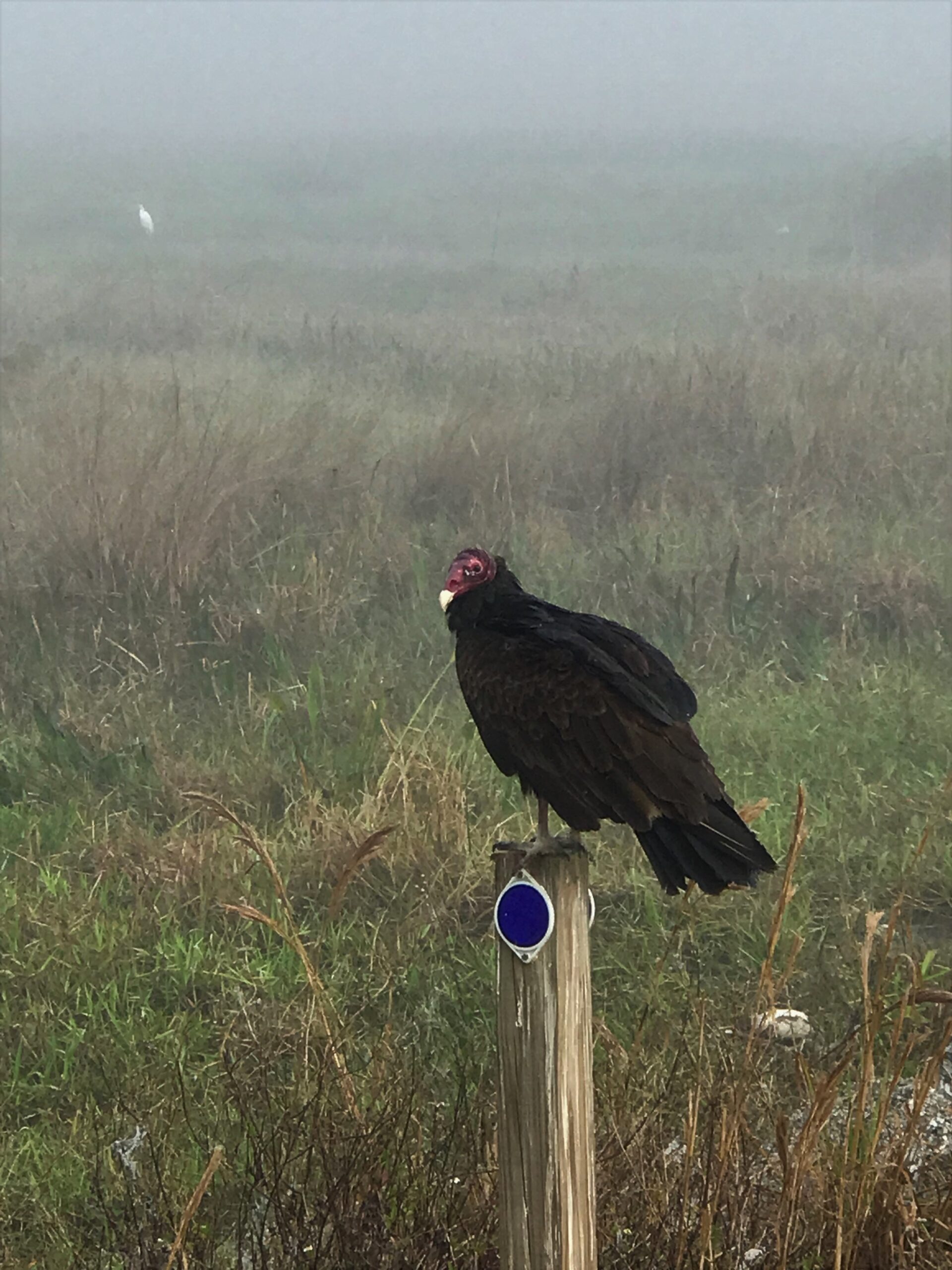
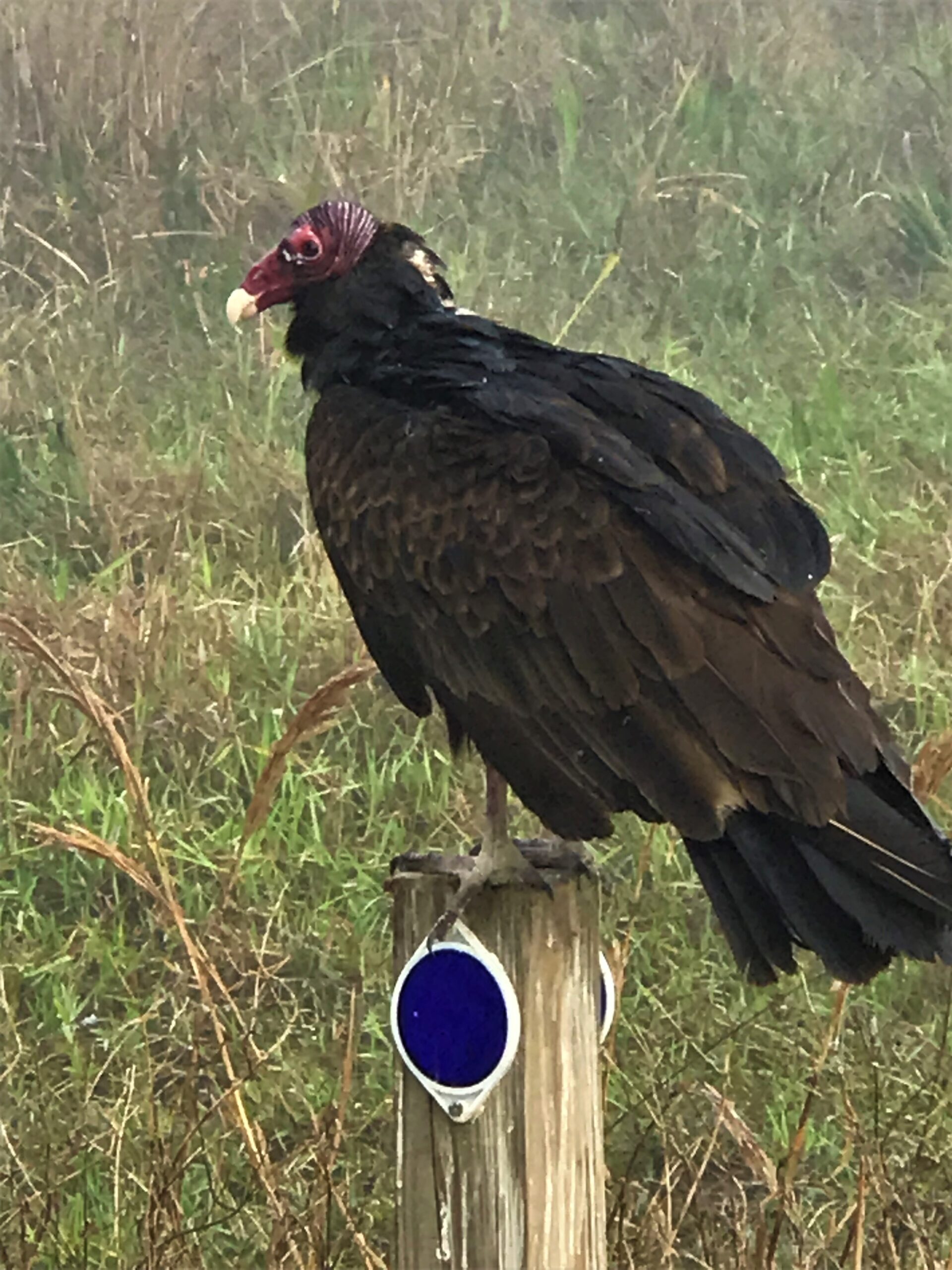

Once we were done there, we eased further down that road, through ranchland that’s leased from the Preserve, until we reached the gate.
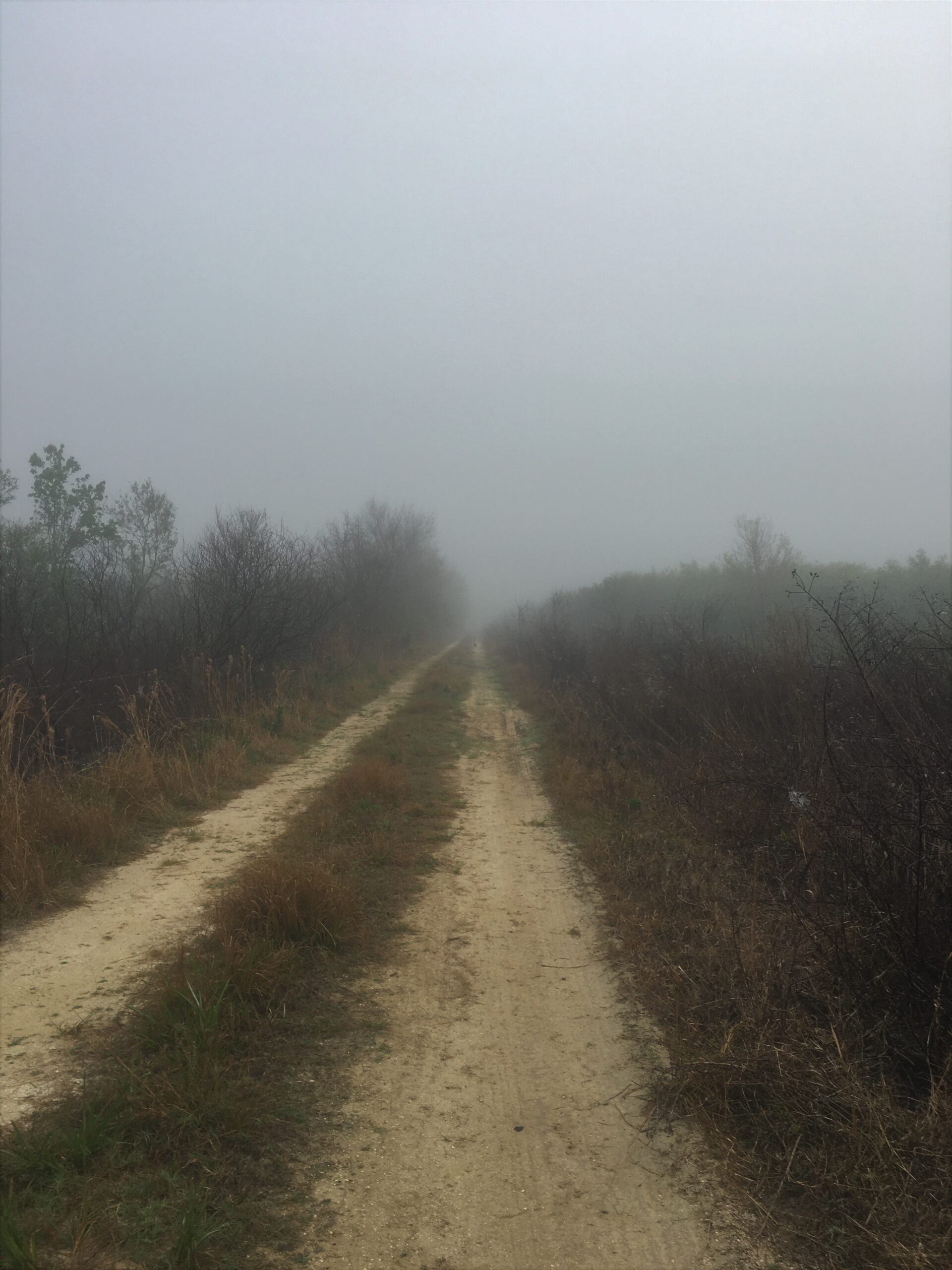
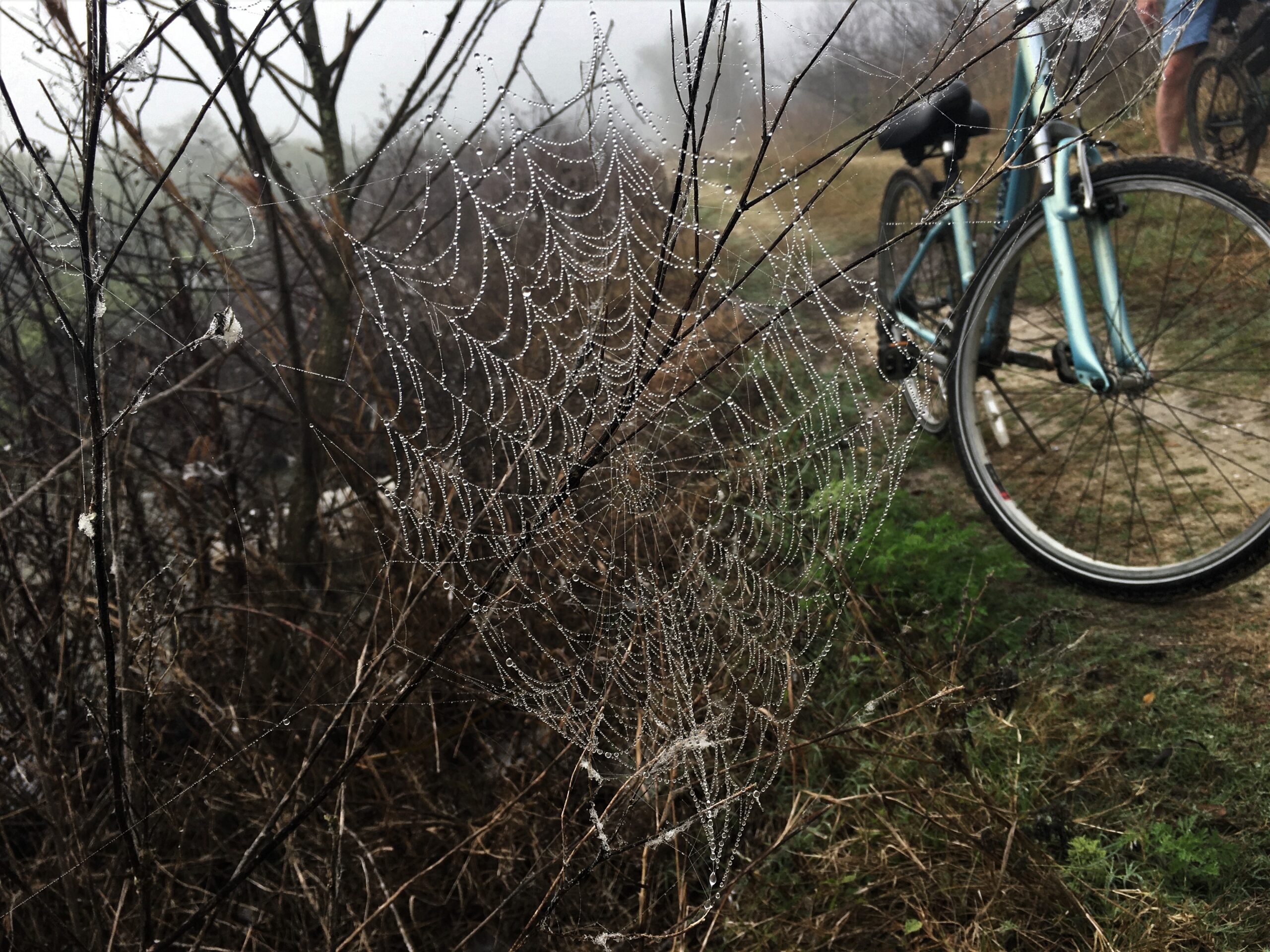
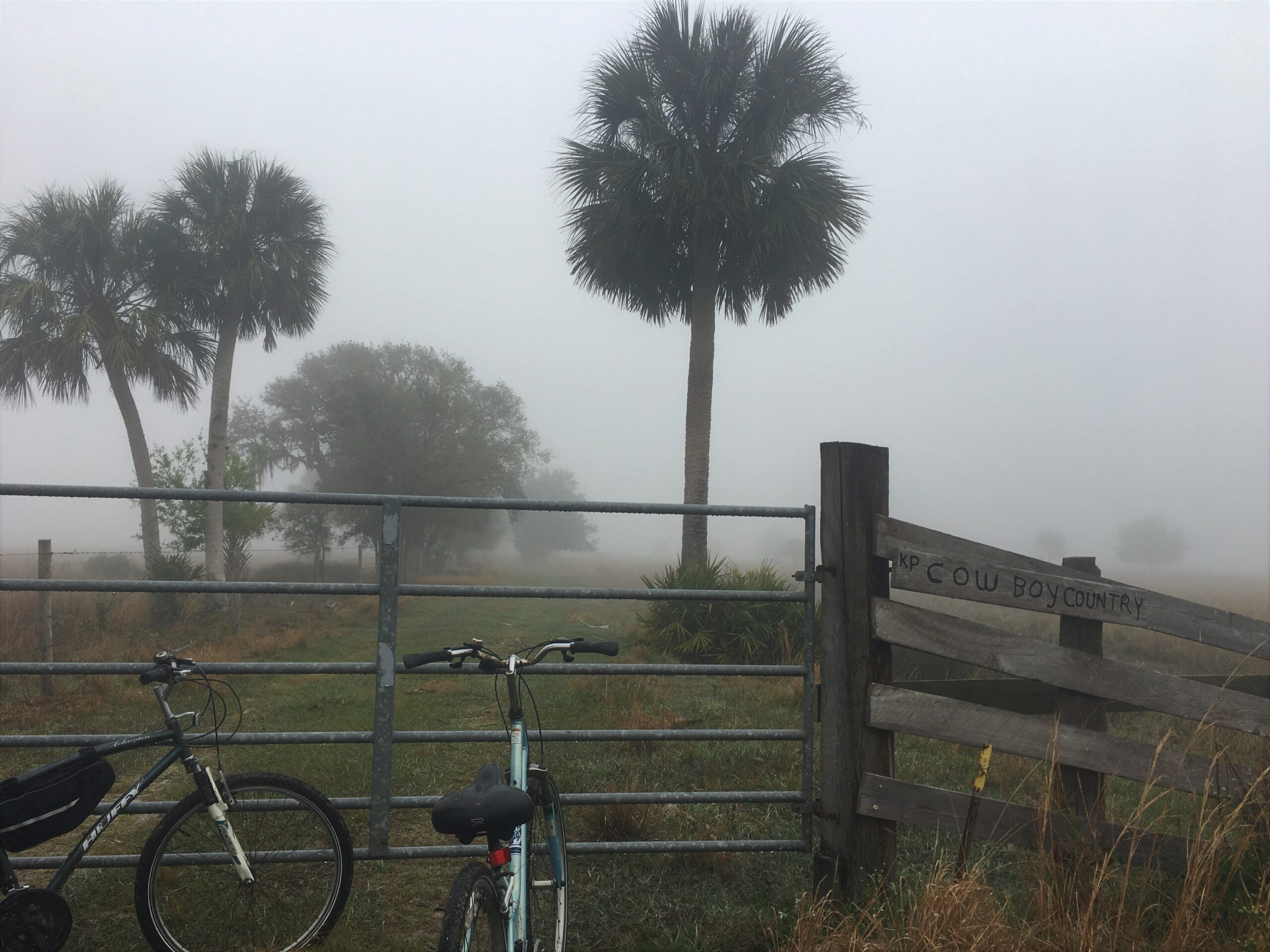
We rode back towards home. But not before we acknowledged how wet we were! My hair was dripping! Blaine’s arm hair was covered in water droplets! Our clothes were quite damp! All from riding through the fog. How fun!
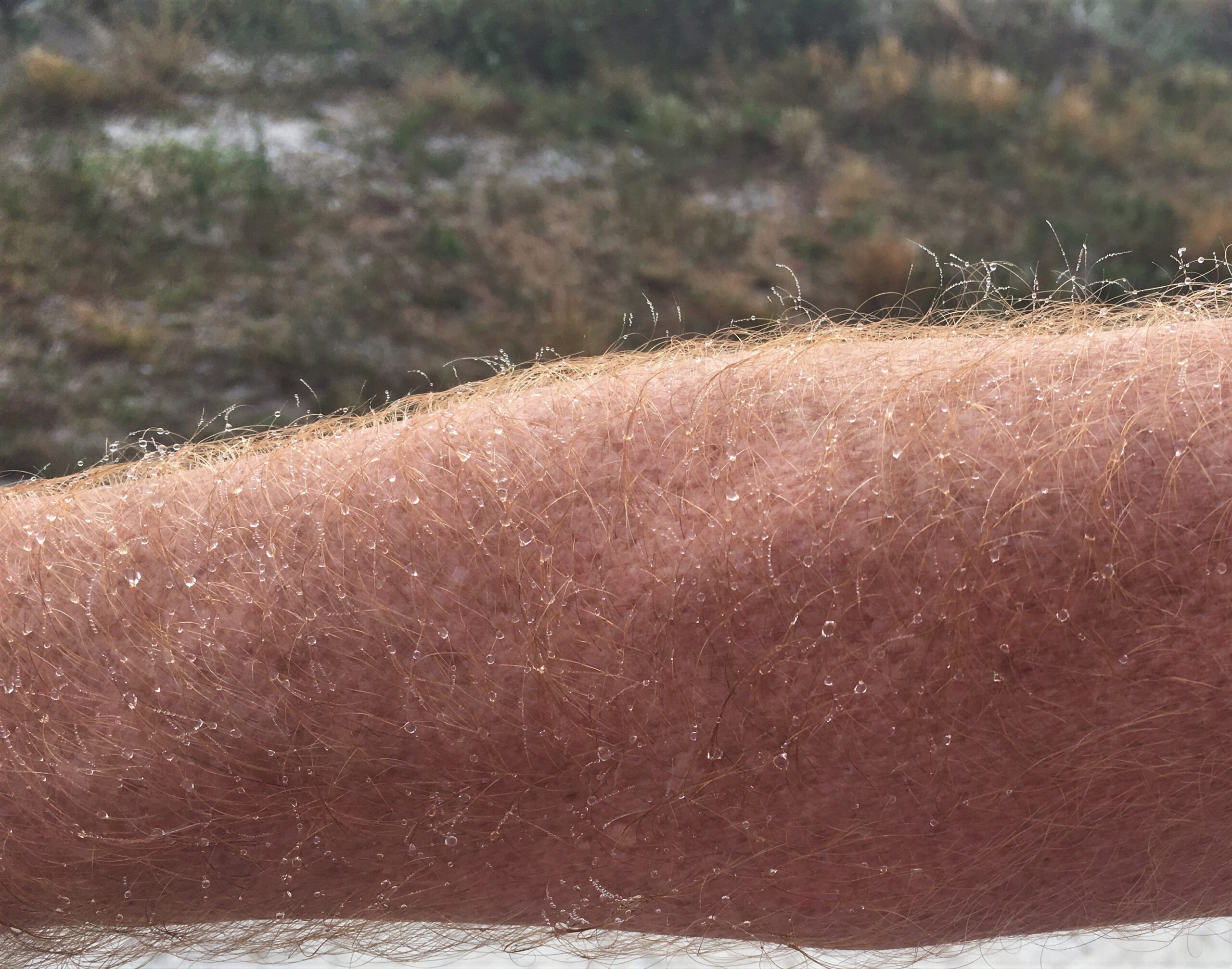
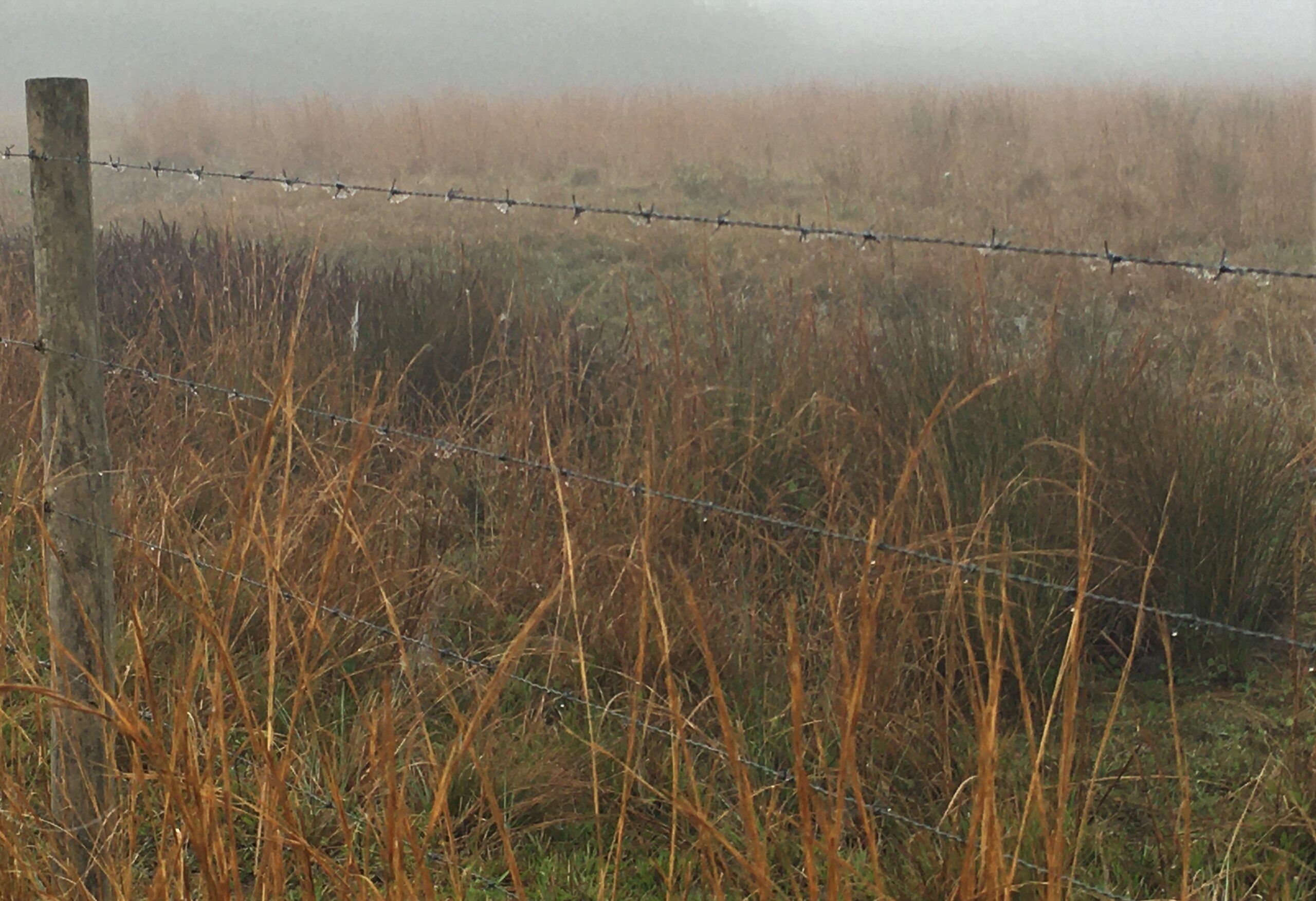
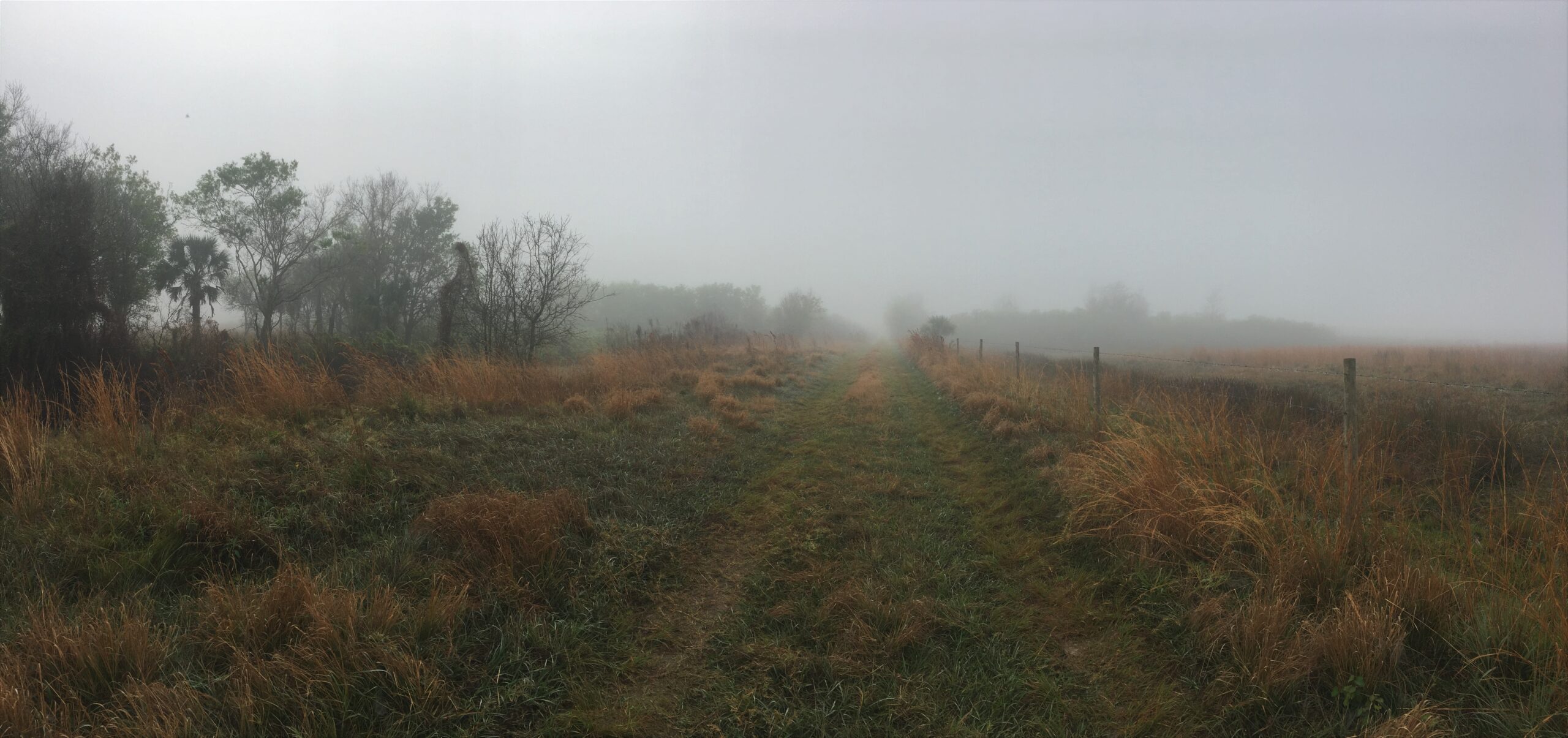
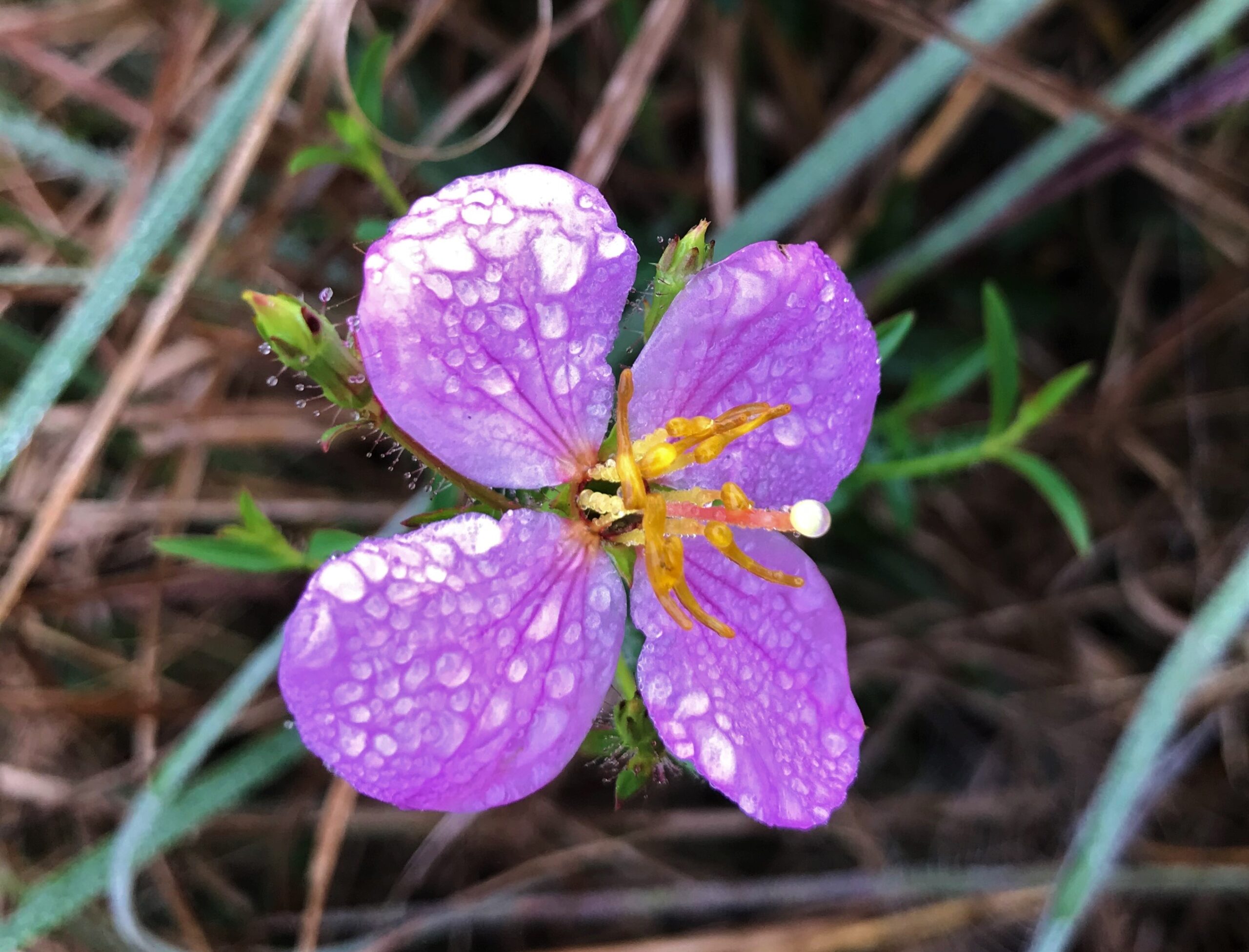
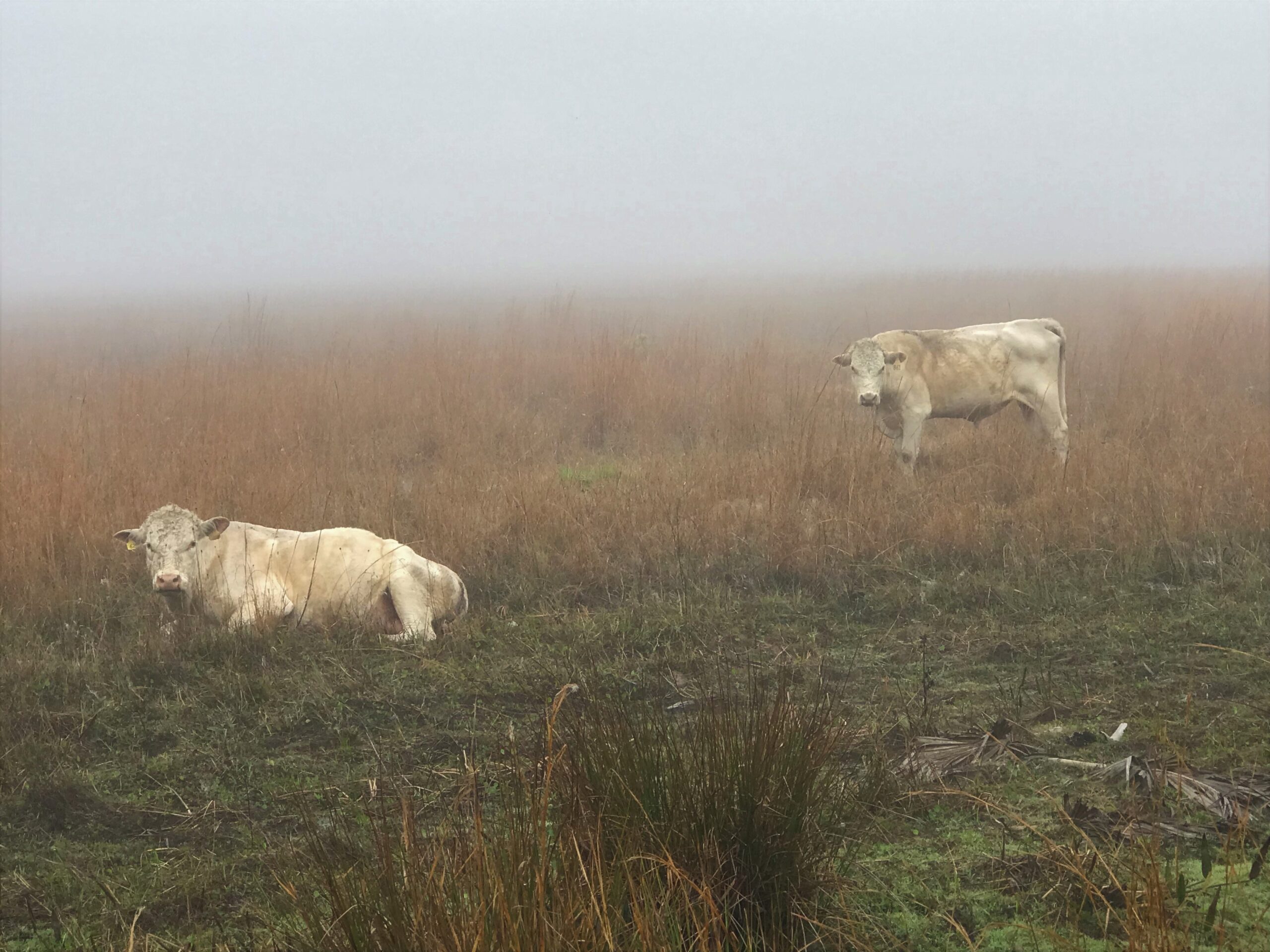
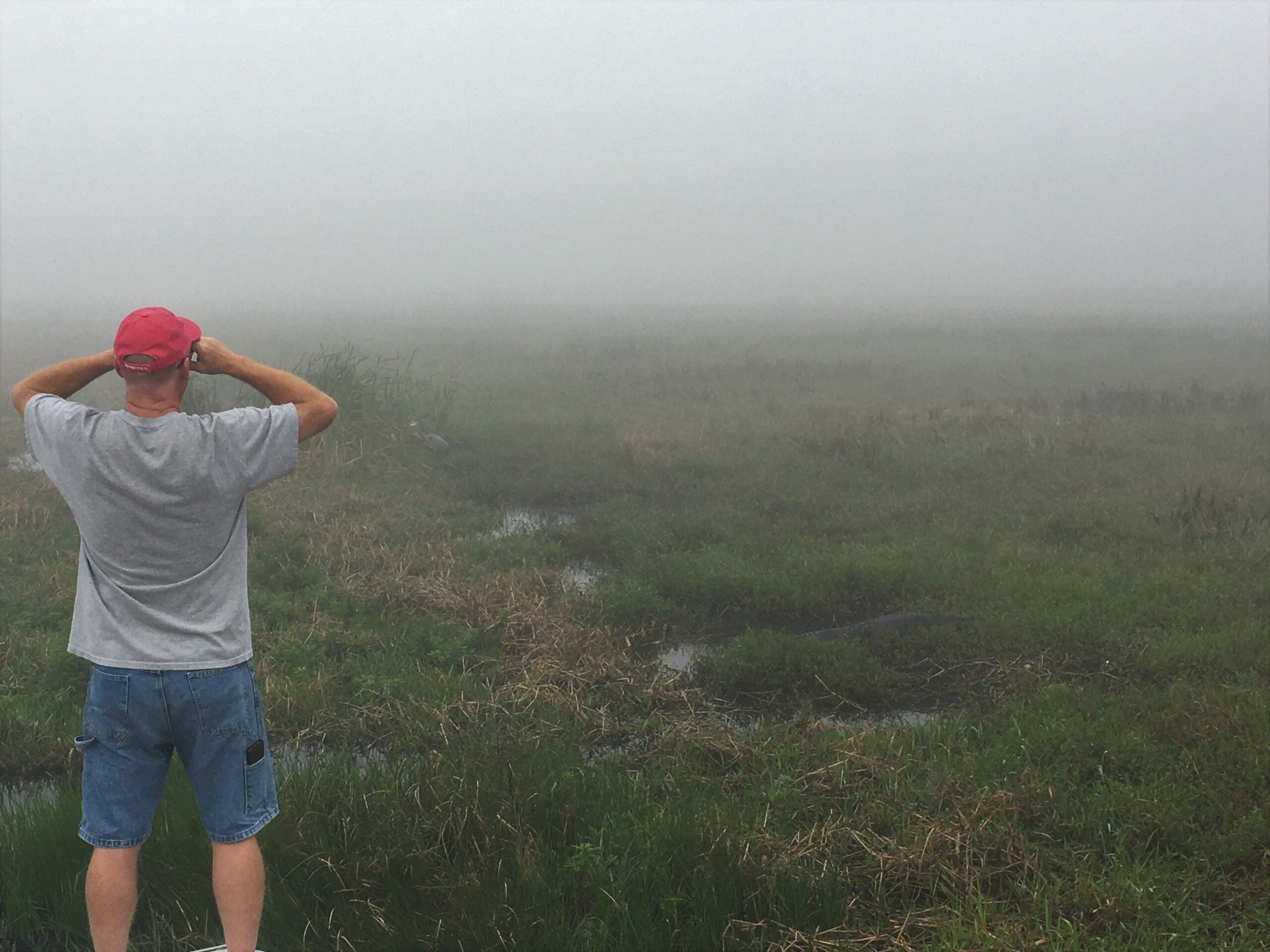
Cupping his hands around his eyes like Heidi Klum does for the AGT stage lights.
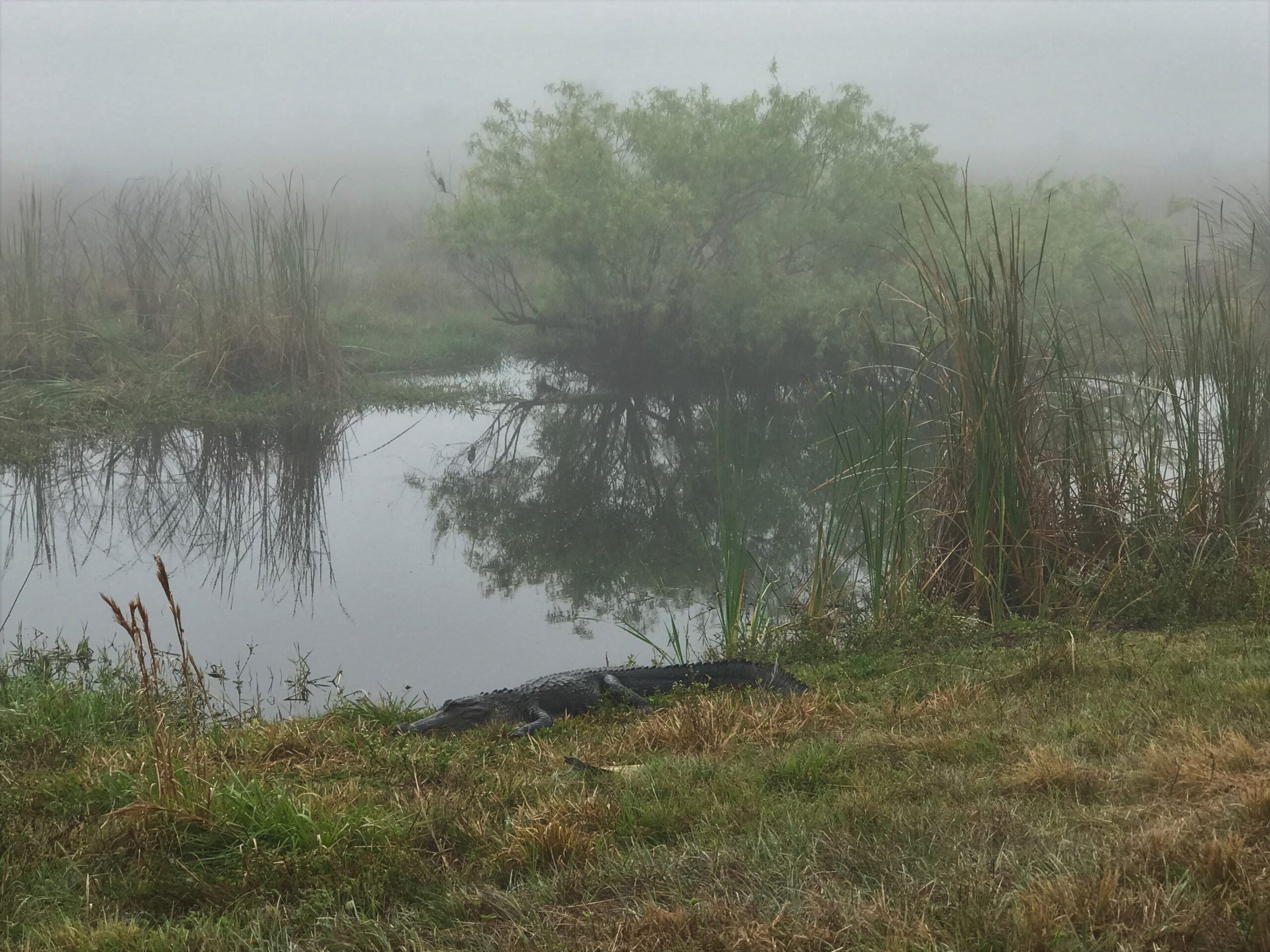
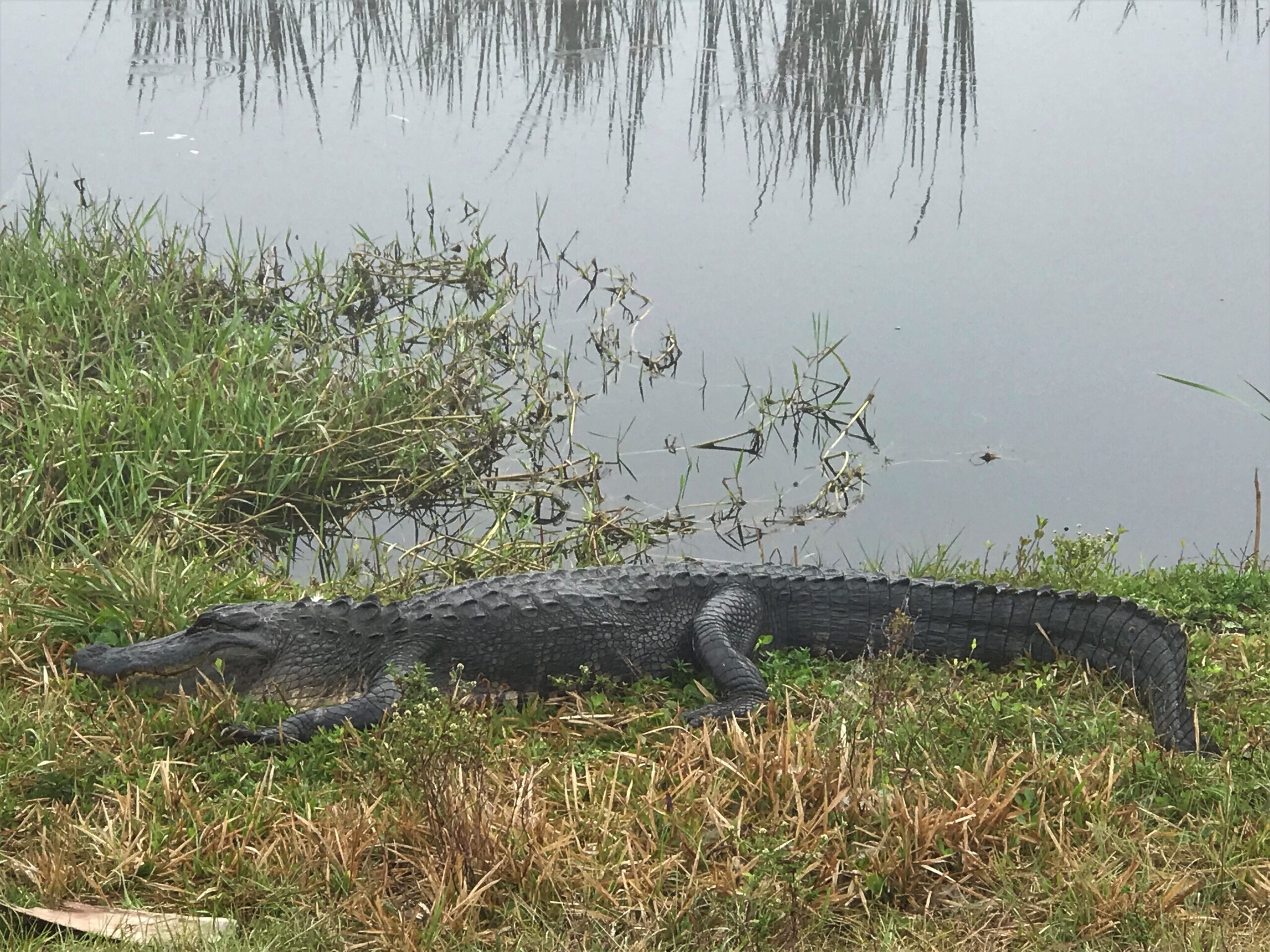
Since we weren’t quite ready to call it quits for today, we took another trail out through the saw palmetto prairie.
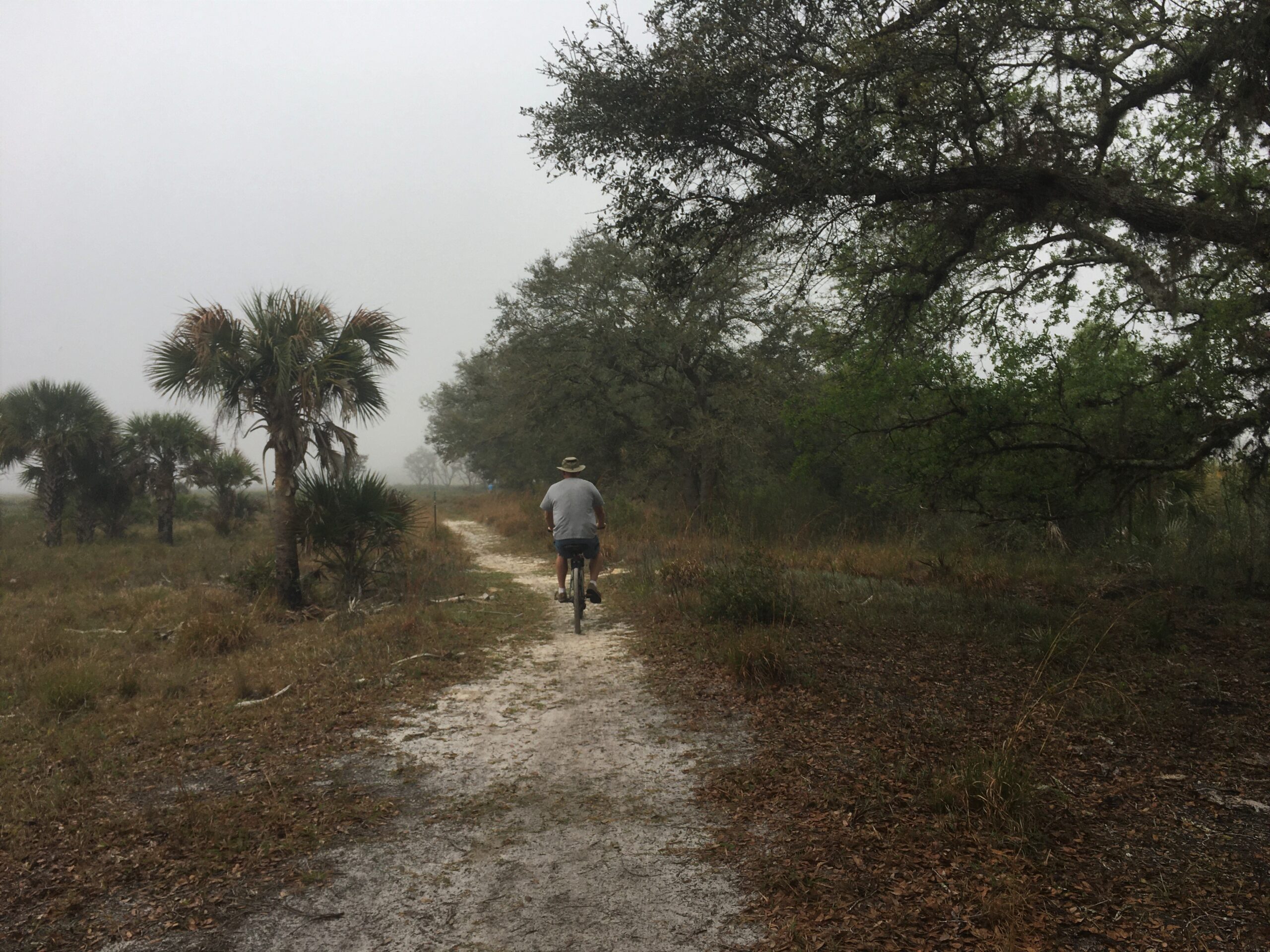
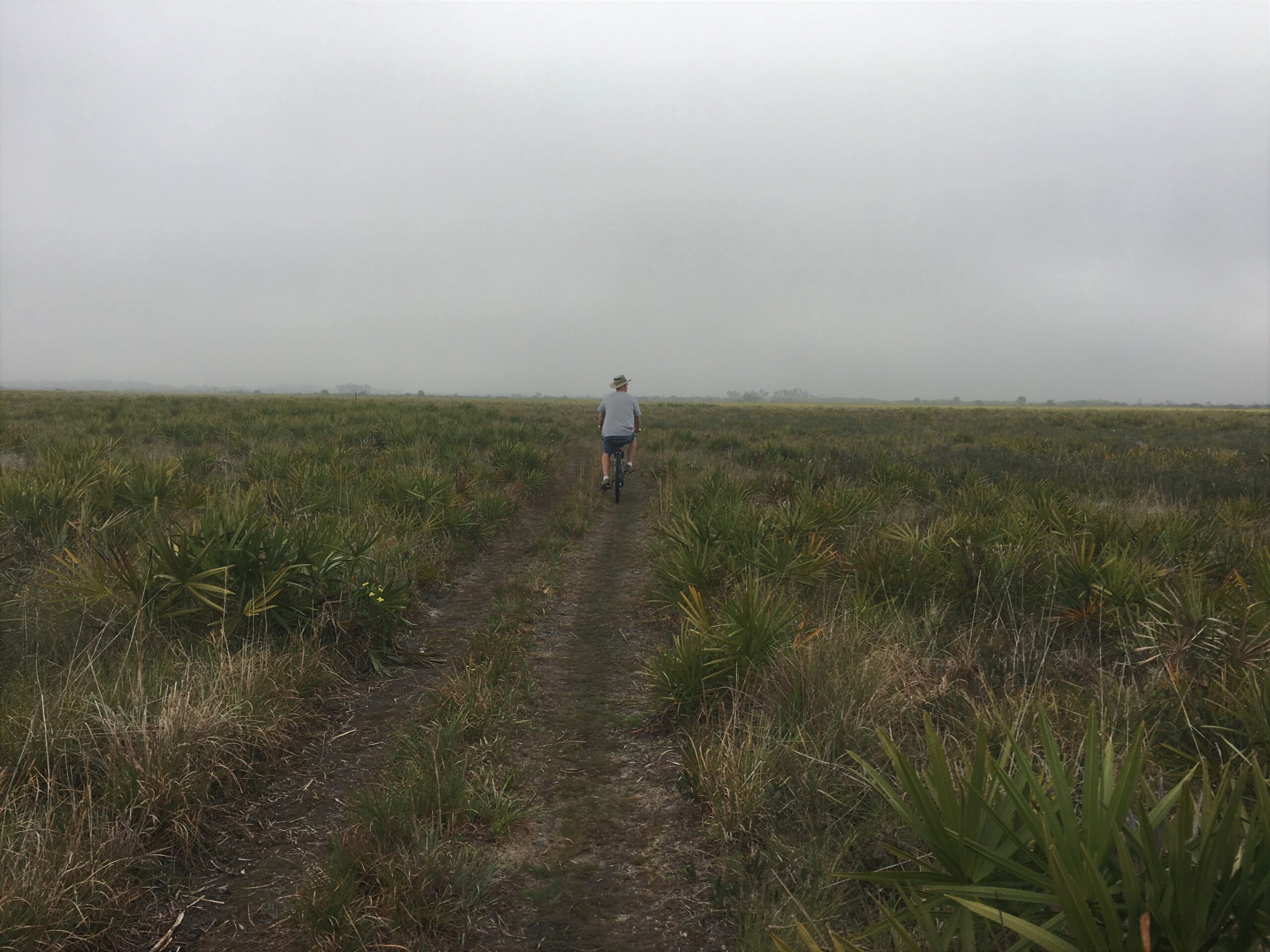
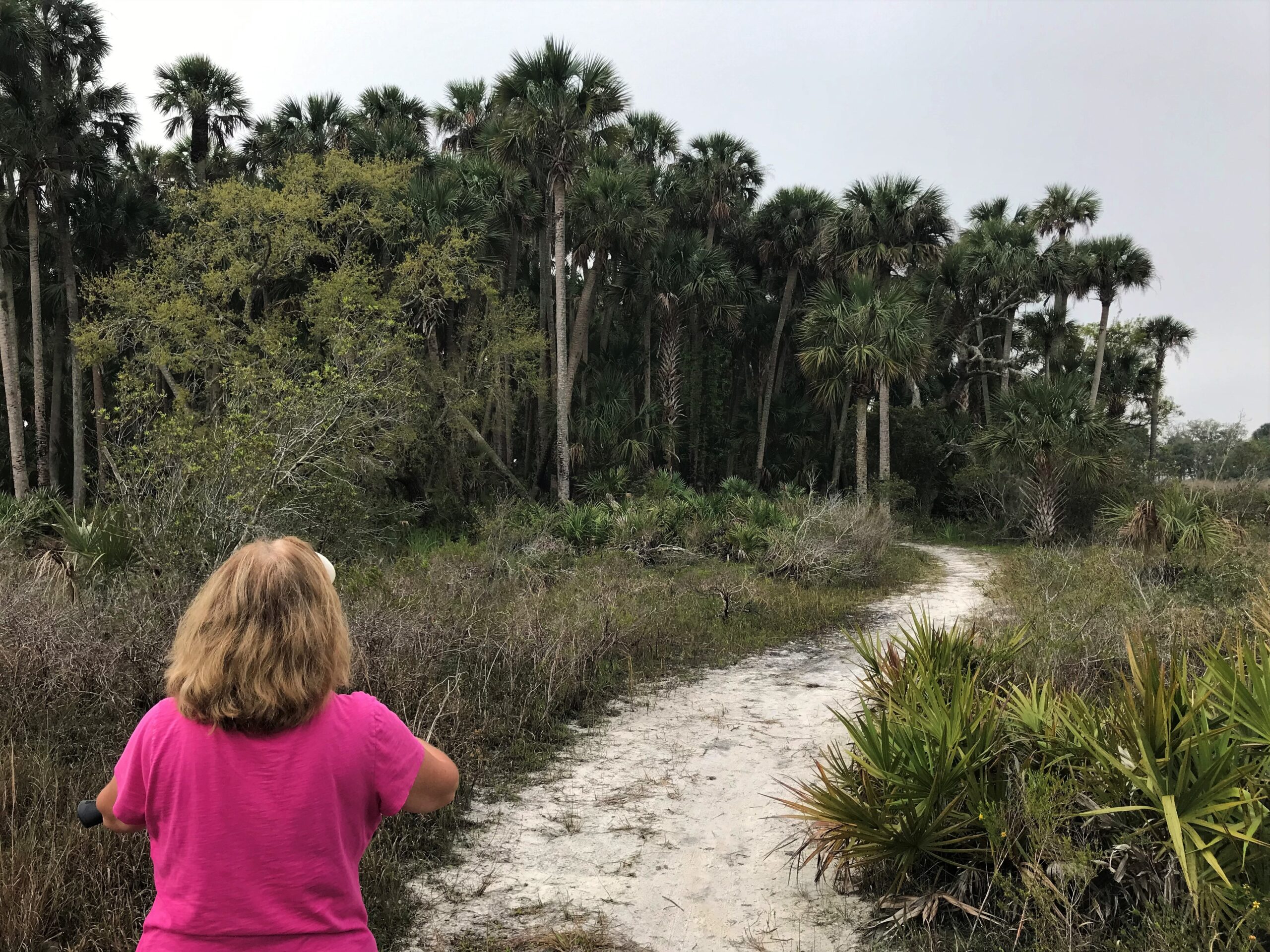
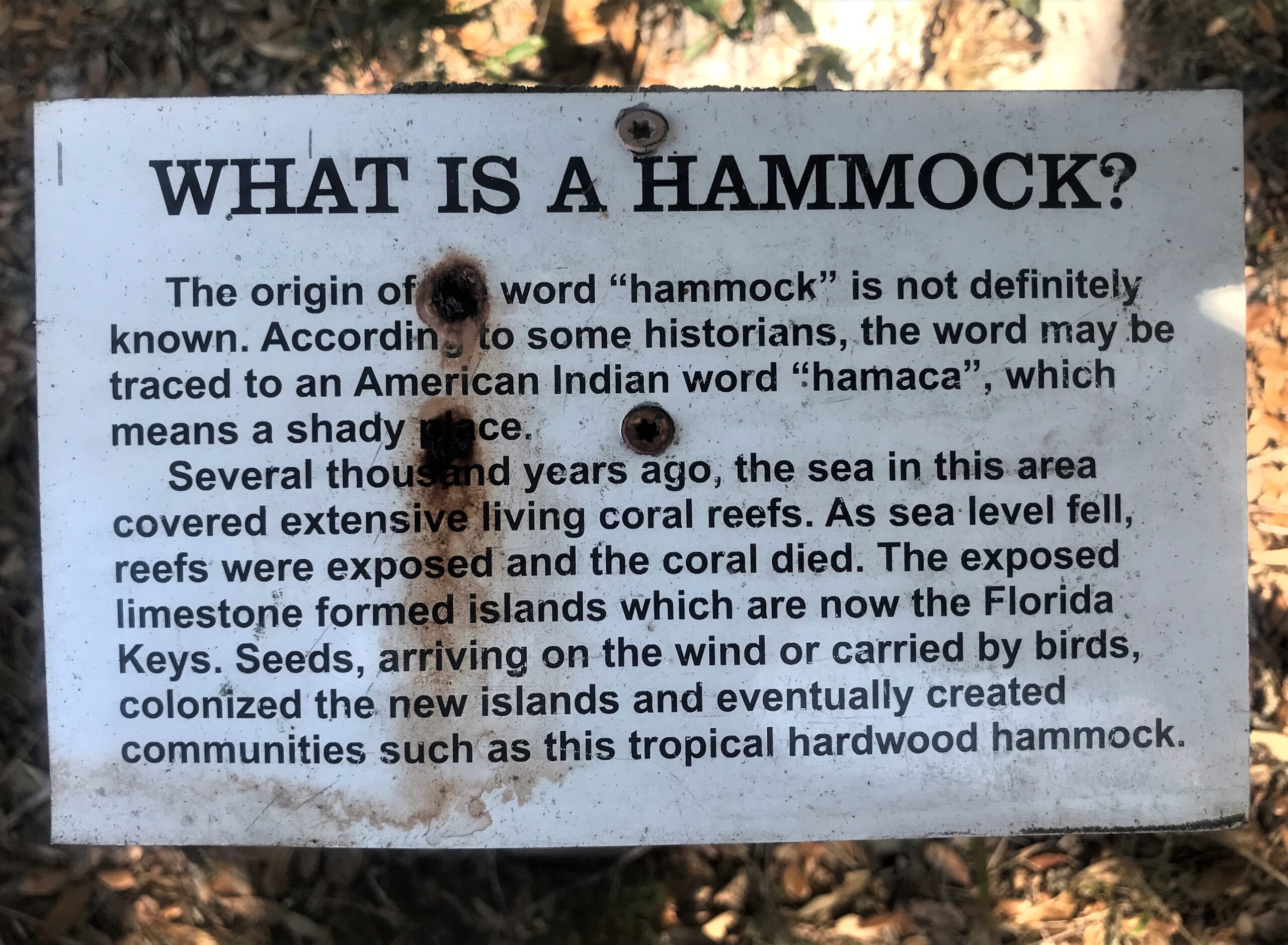
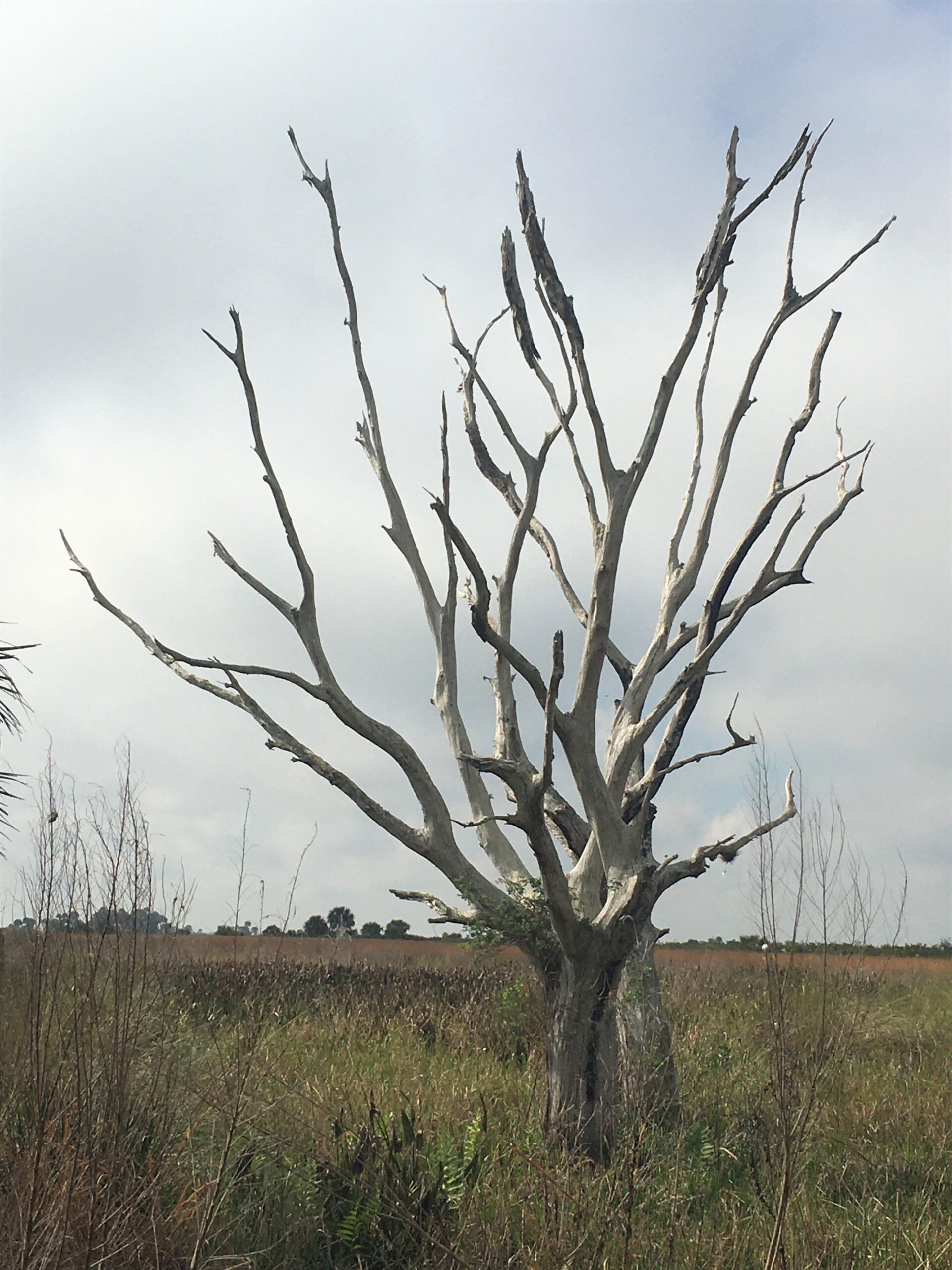
Here’s a list of some of the things we saw today, even though we don’t have pictures of all of them: alligators, vultures, turkeys, egrets, herons, red-wing blackbirds, Bachman’s prairie sparrows, Eastern Meadowlarks, a Zebra Swallowtail butterfly, crows and one squirrel. And no. We didn’t take the professional-looking pictures. 😊




Once we returned, we decided to sit outside. Blaine put out the awning, we moved the picnic table and I brought out my laptop. I got some work done, but not much because we were too busy watching four crows, a squirrel, and a turkey hang out around us. The squirrel didn’t get too close, but the others were practically in our faces once Blaine started doling out peanuts.
And then a Park volunteer drove by and told us they may be looking for water, so we put some out, which is only proper if you’re gonna feed ‘em salty food.
This went on for hours! At one point, two of the crows were exhibiting some strange behavior. One fell over onto the ground, kinda like goats, only not as stiff, and then the other one did the same. They did this several times – standing up and falling over.
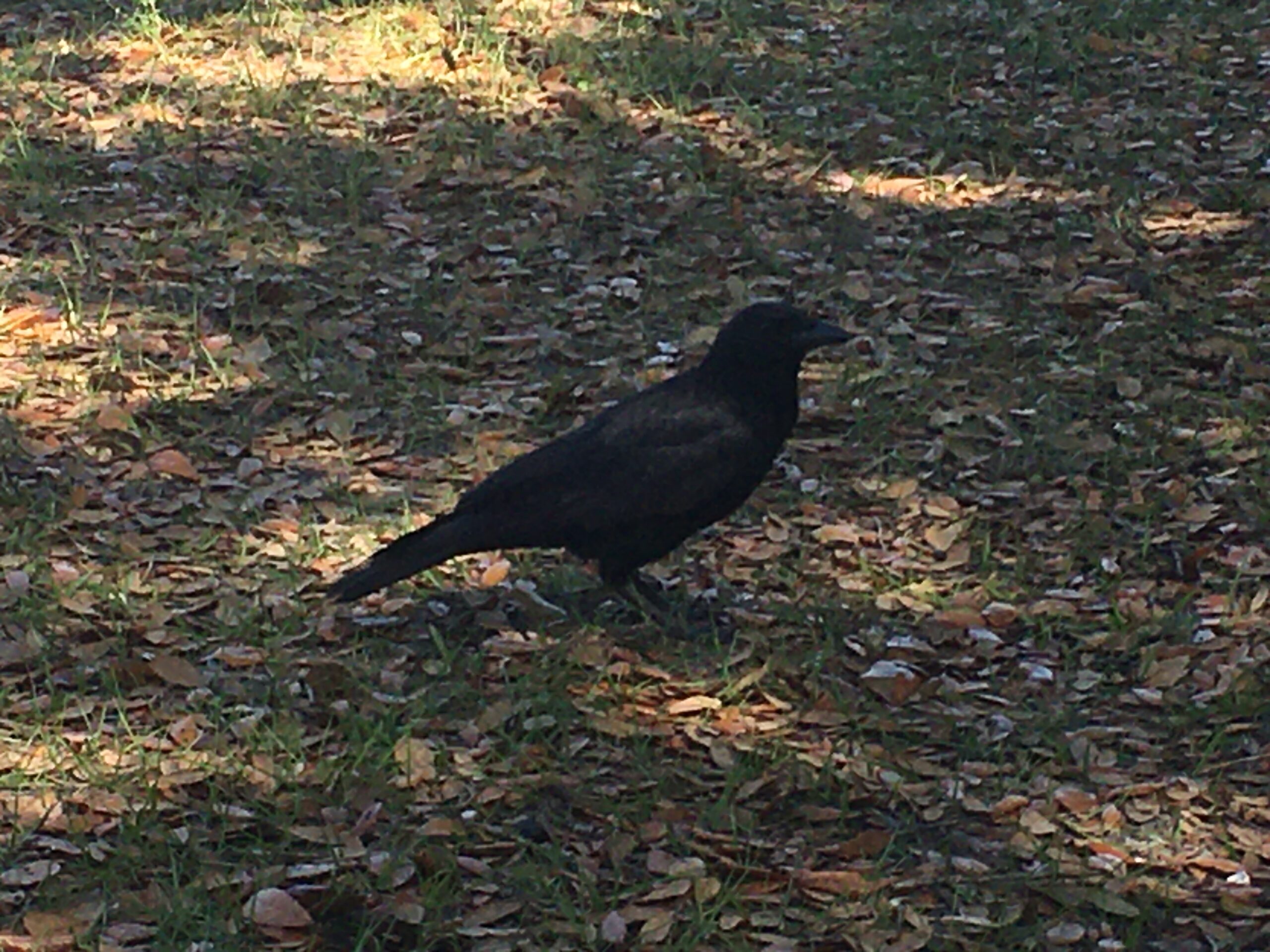
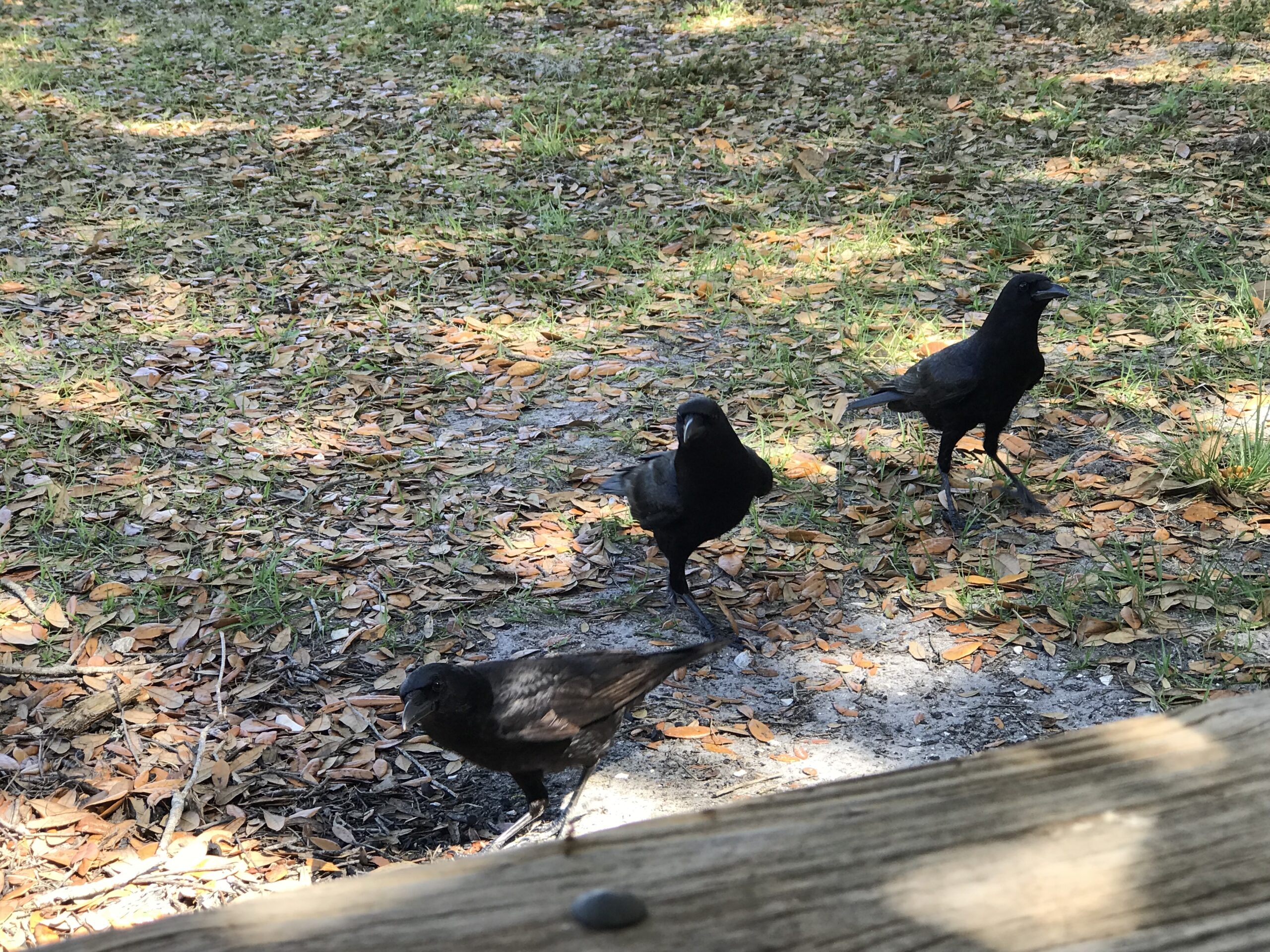
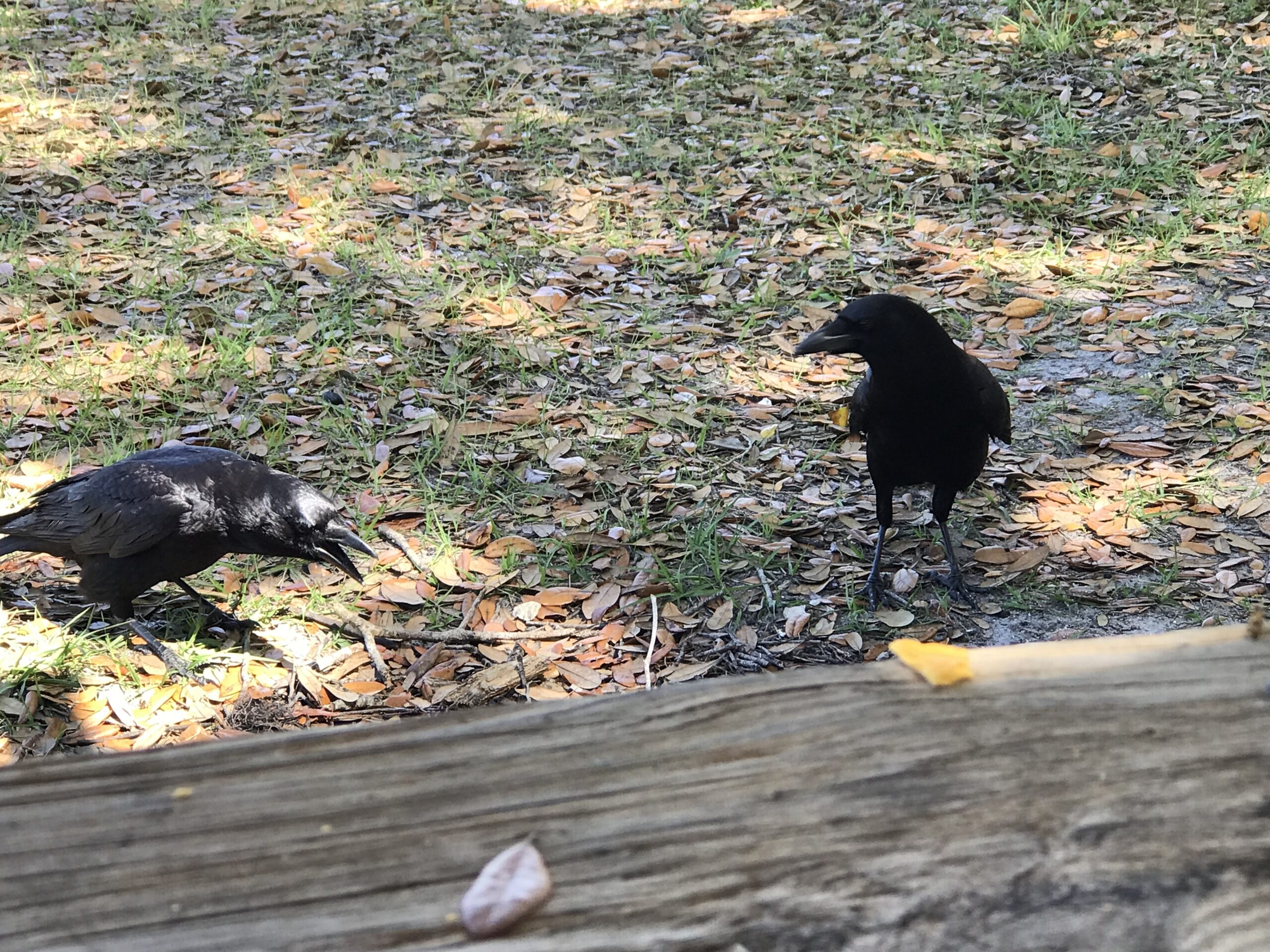
They were real interested in having it, but were a bit bashful, so it took them a bit to go for it. : )
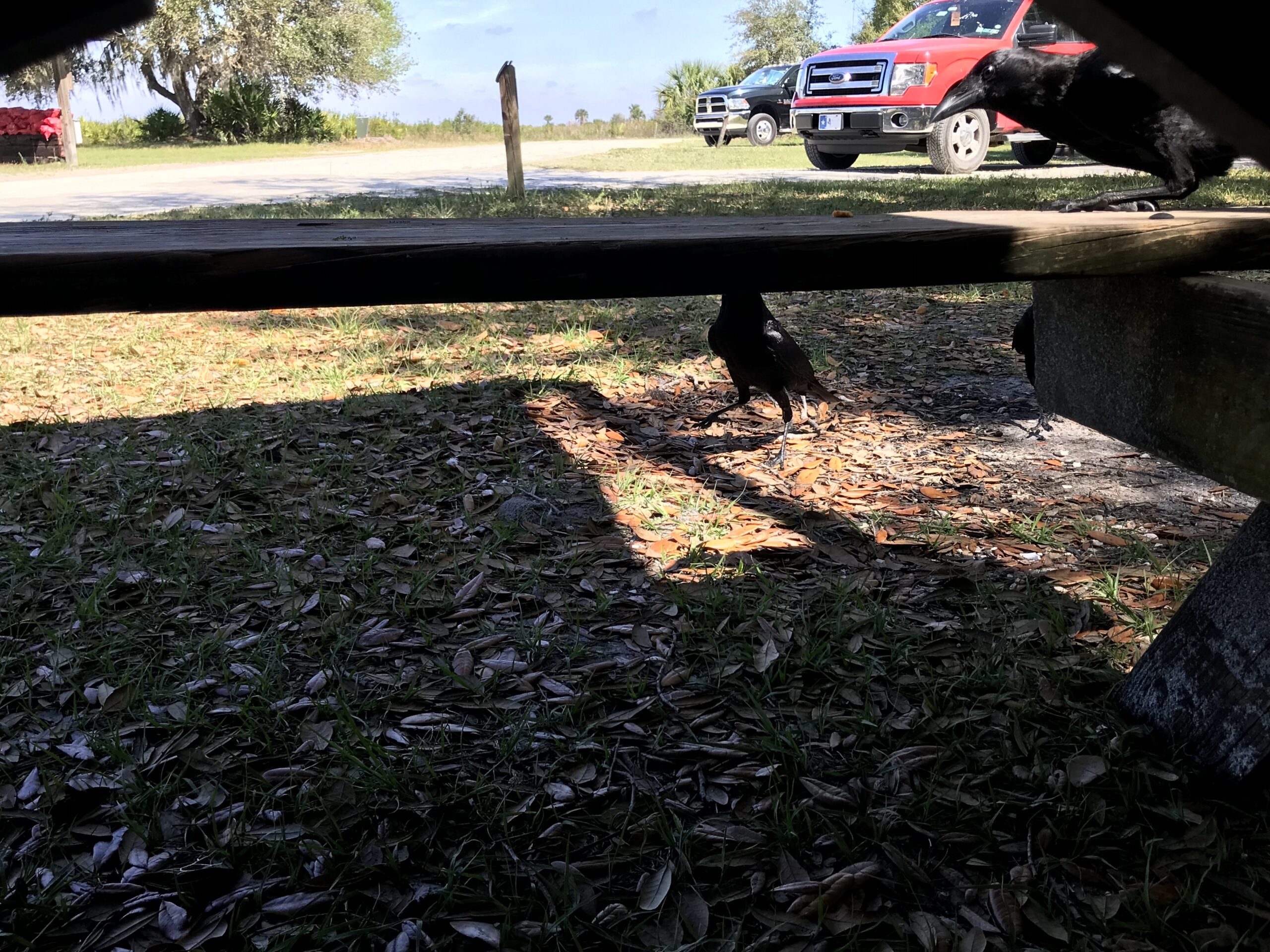
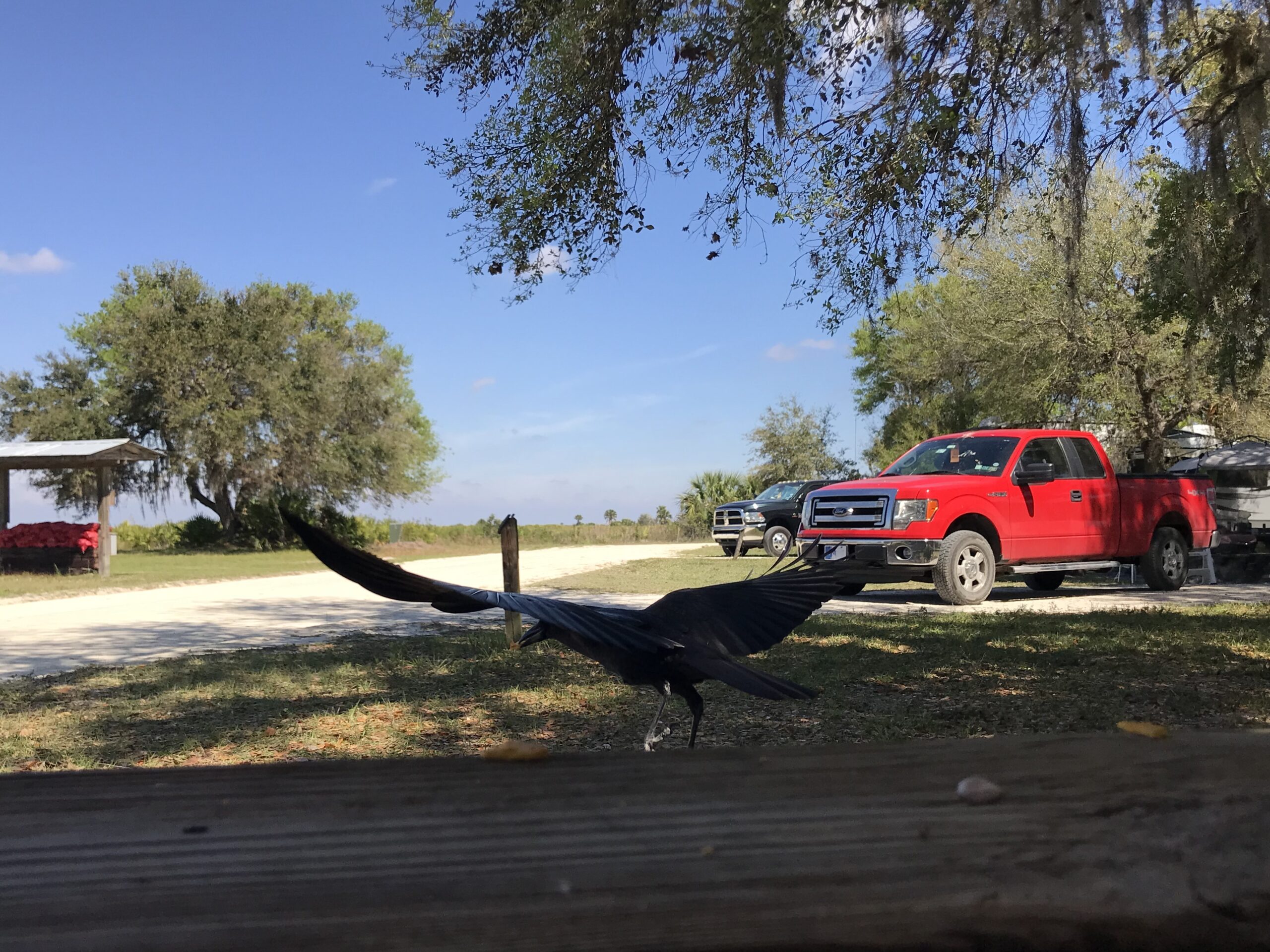
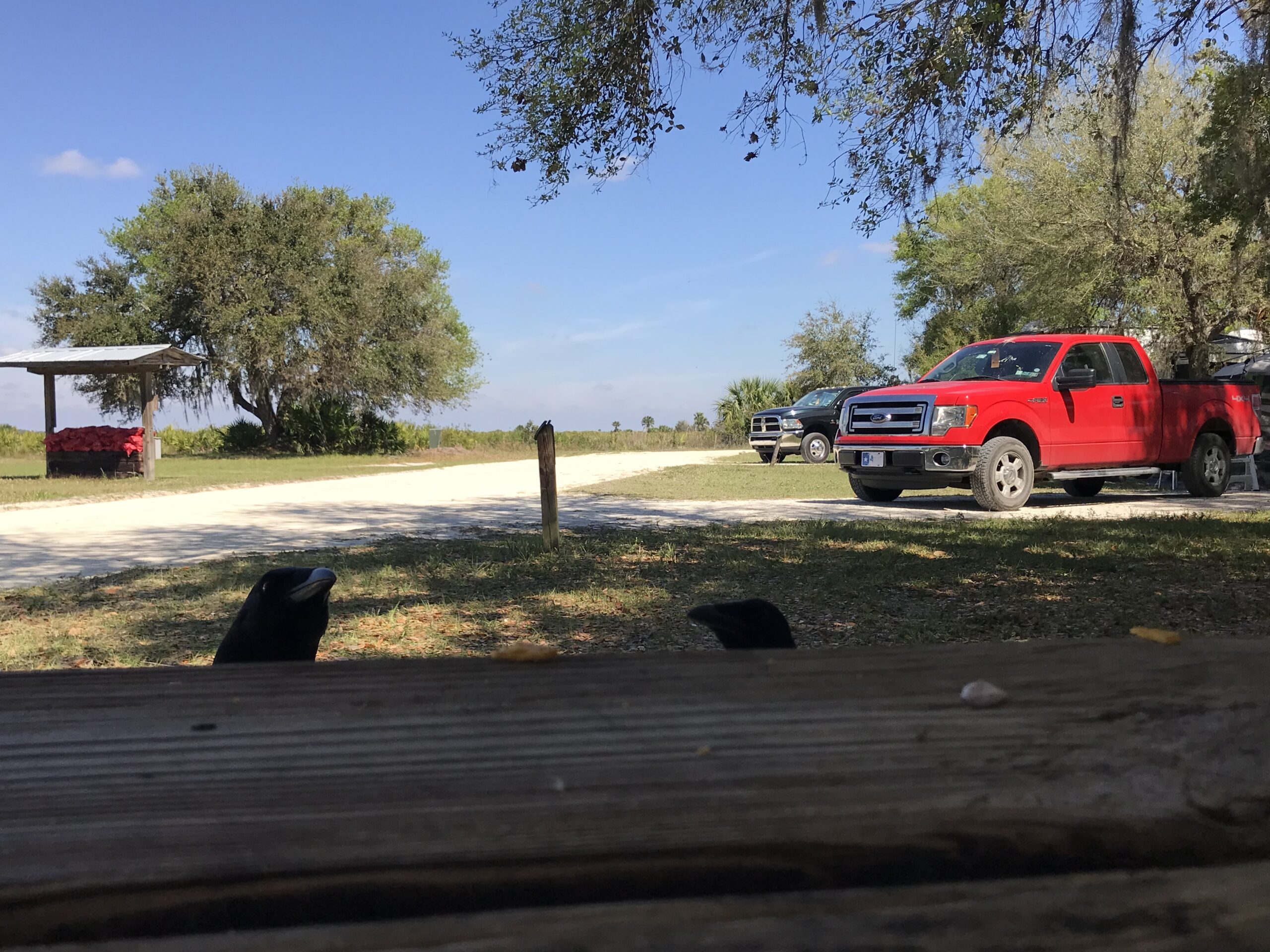
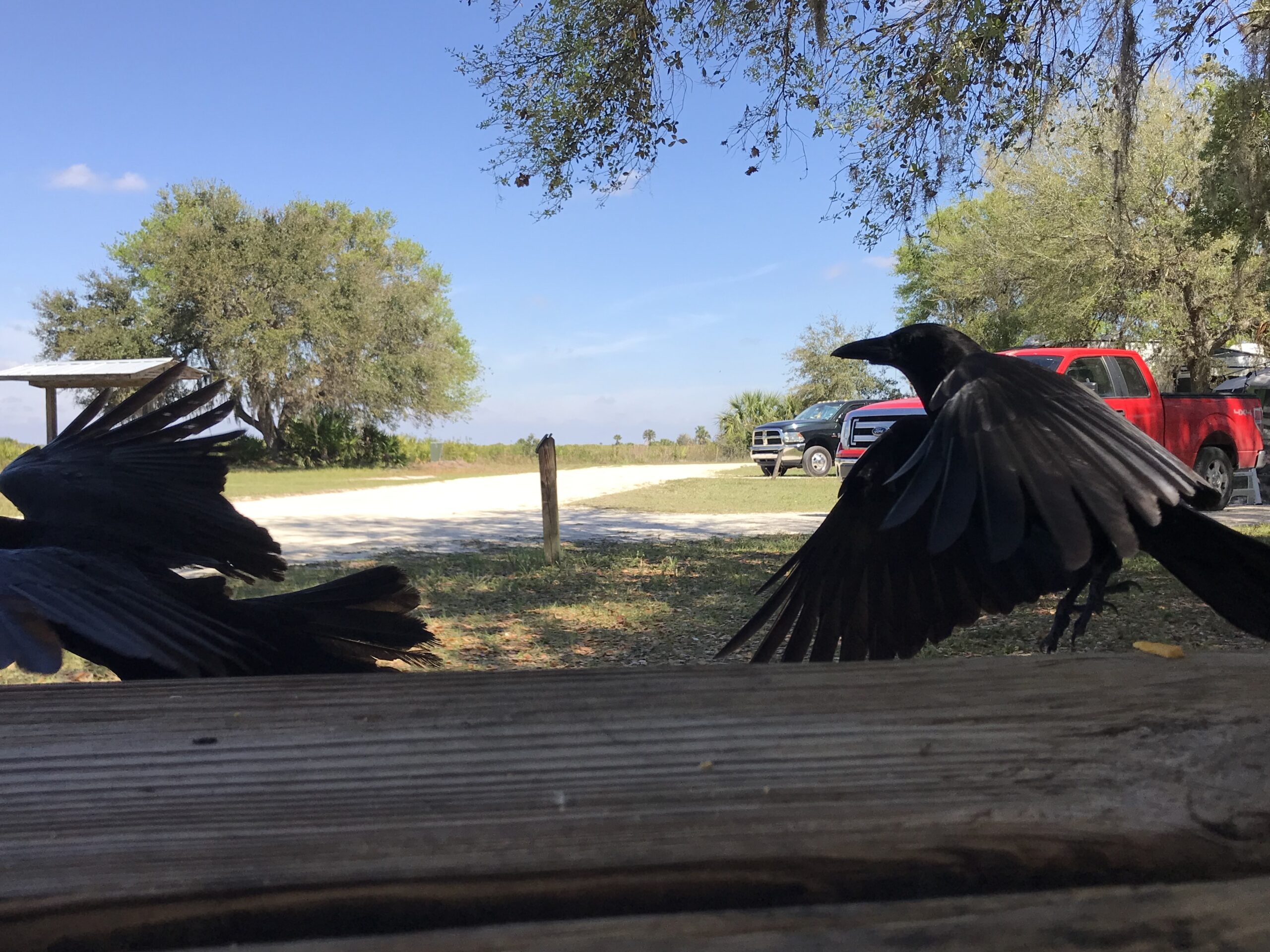

See it in his beak?

It was two dung beetles rolling a ball of dung across the road. How cool!!!
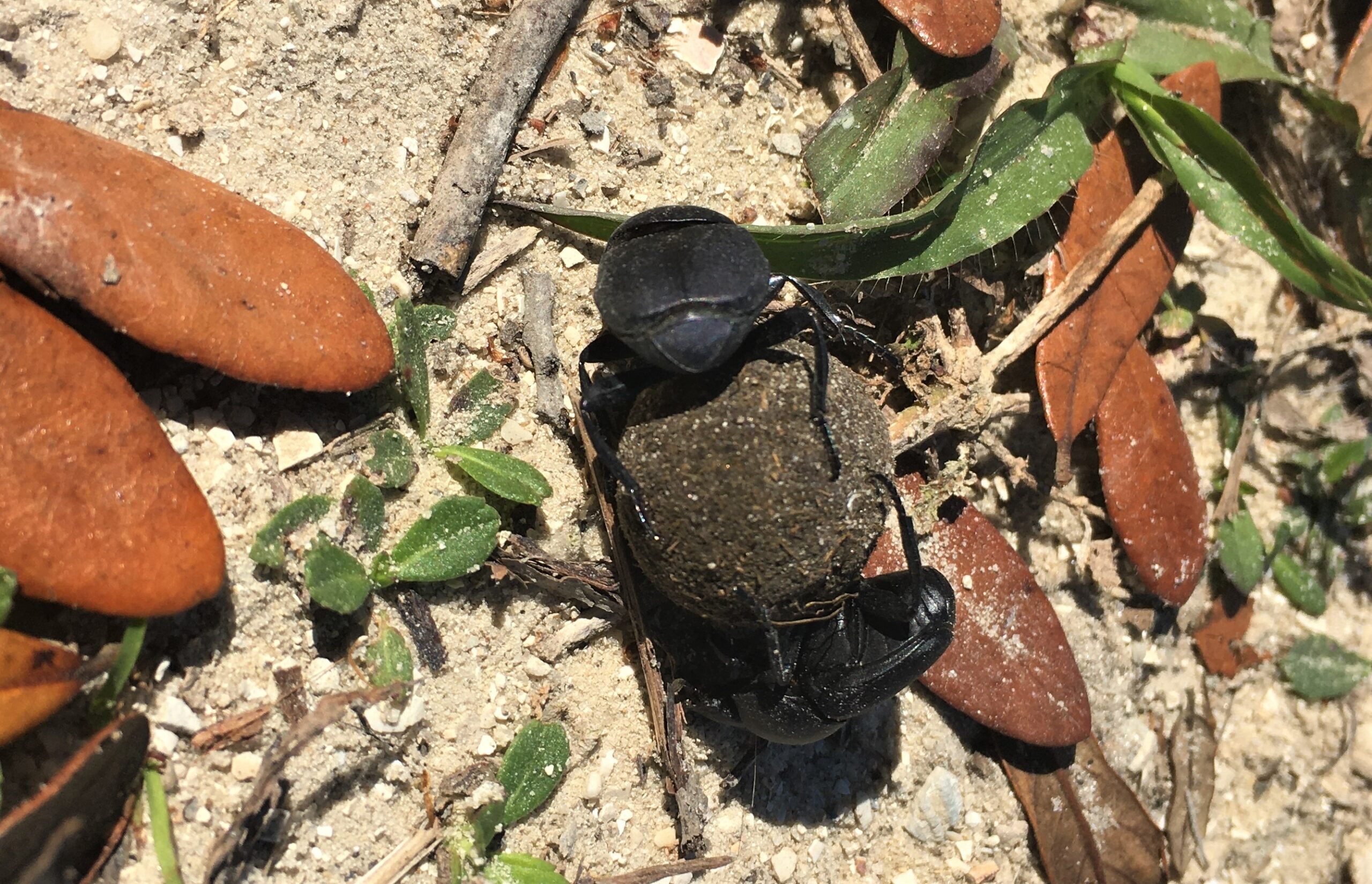
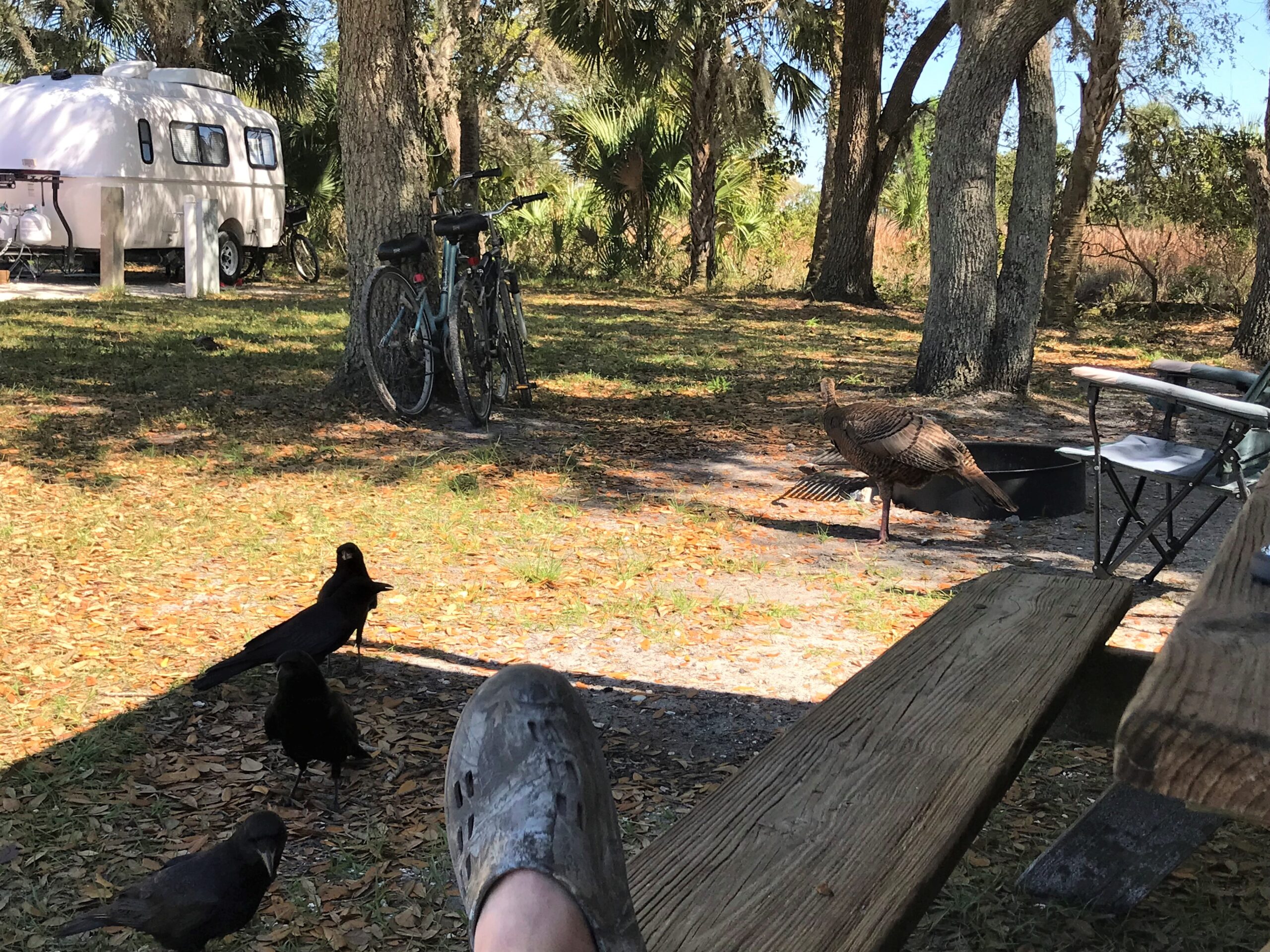
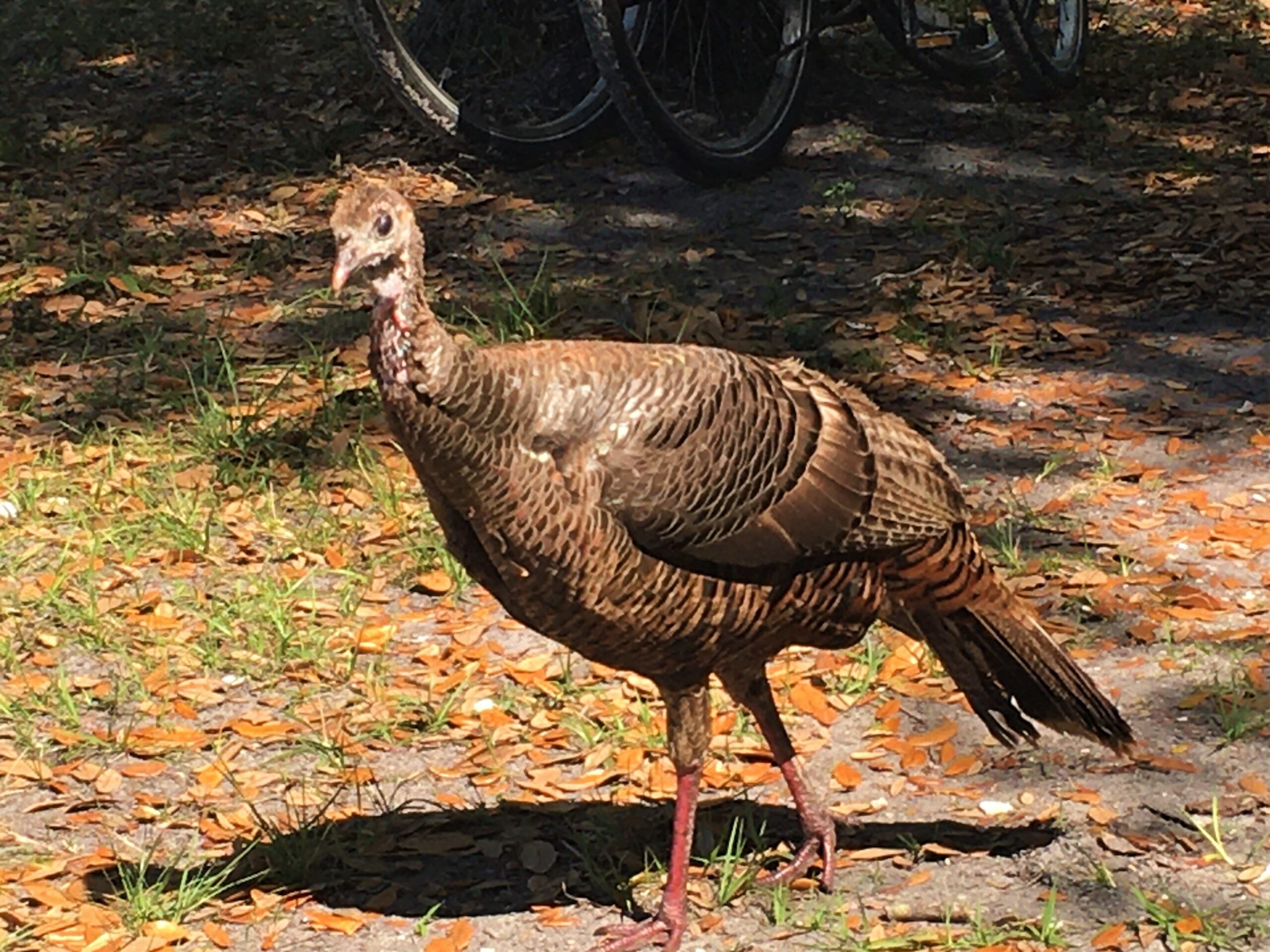
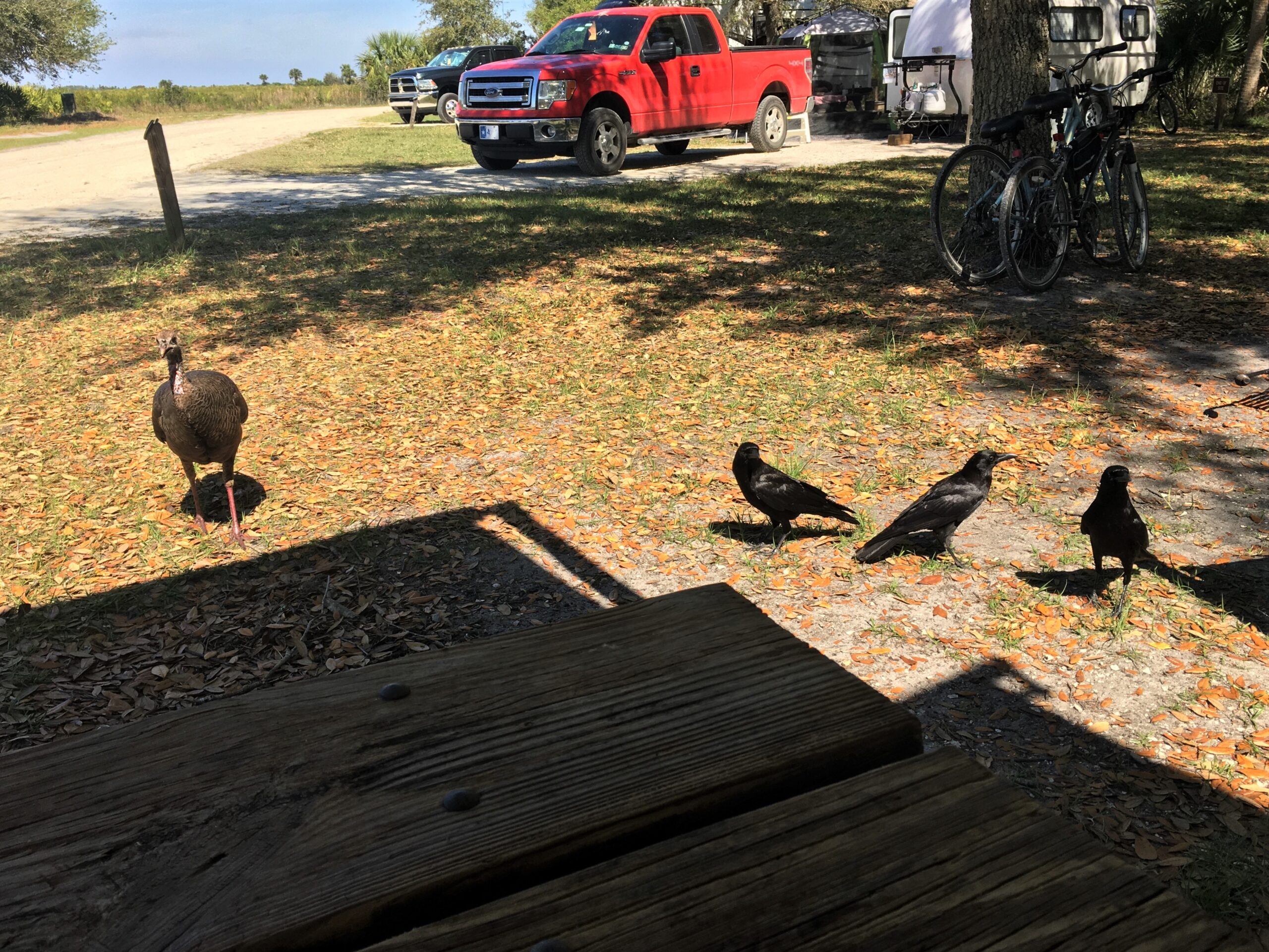
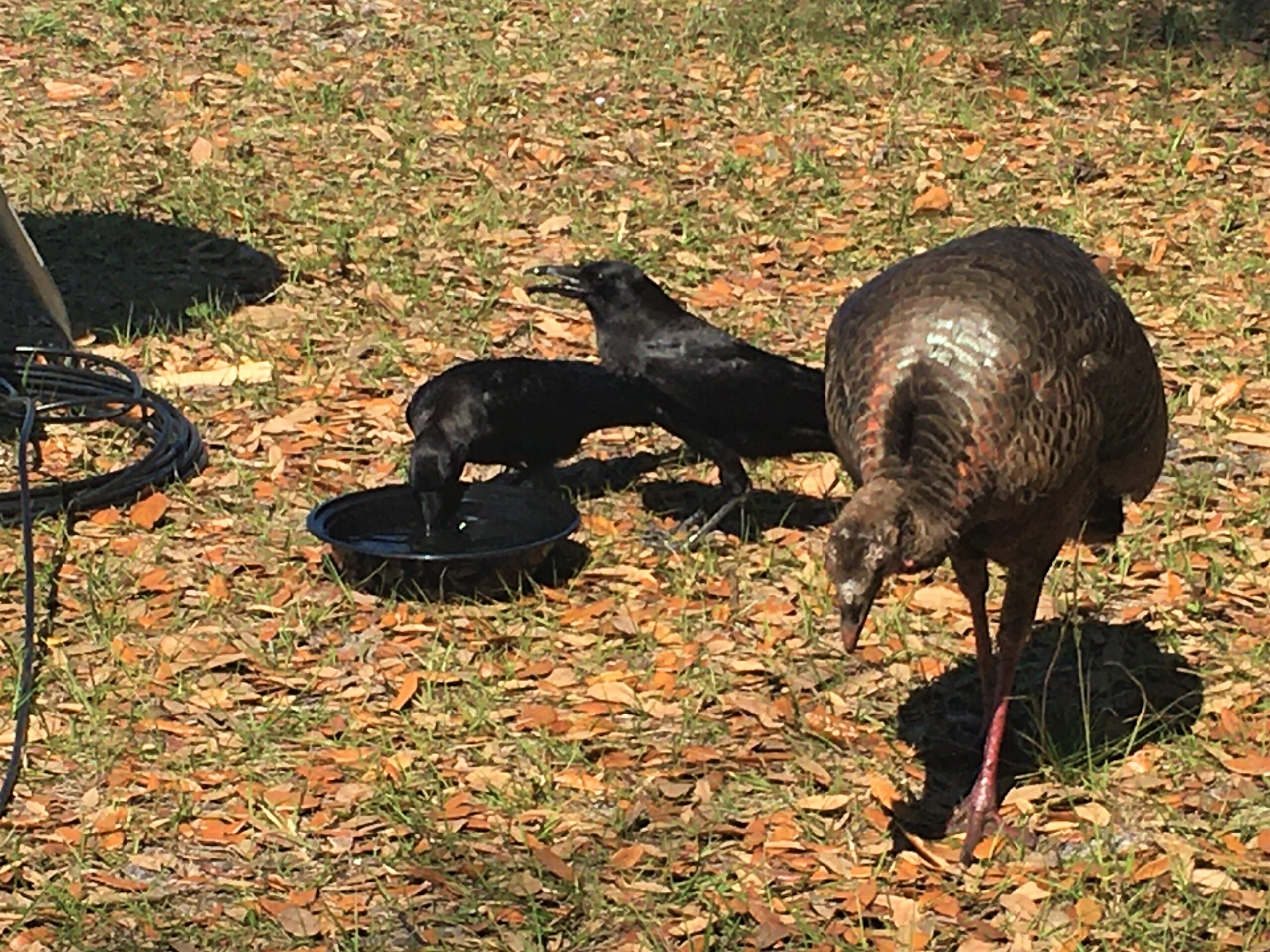
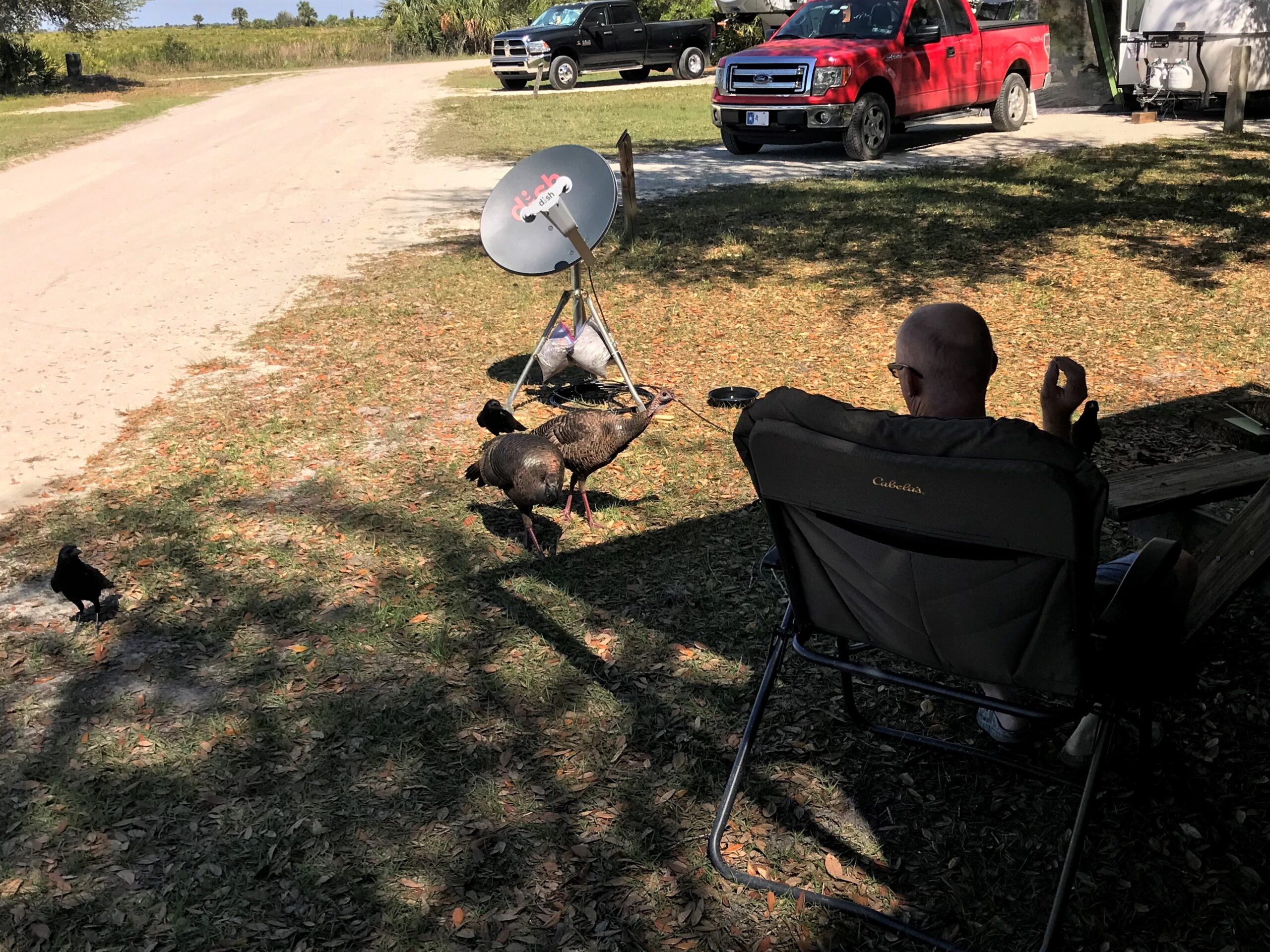
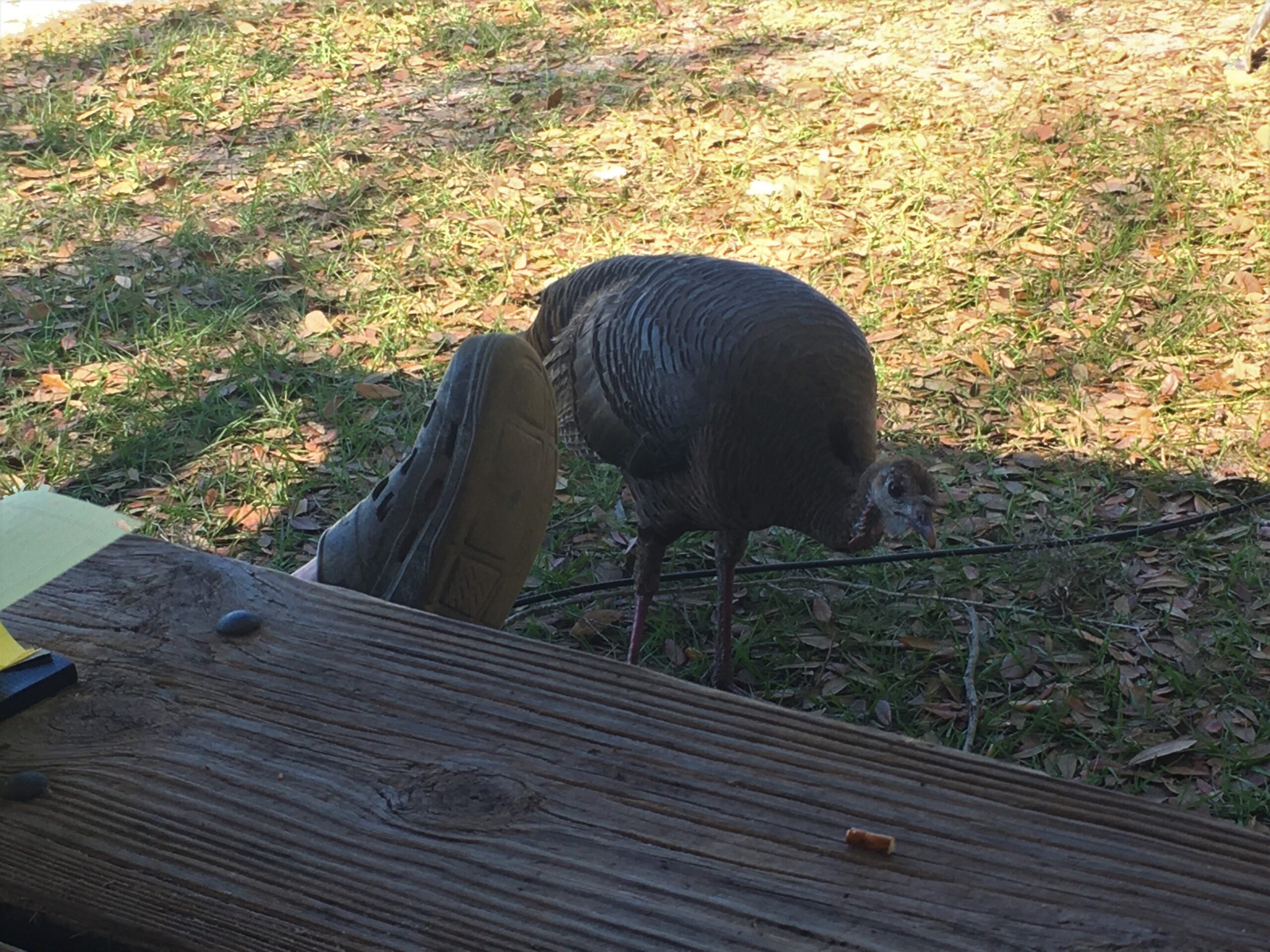

You wanna know why my posts are behind? Wildlife. Four crows, one turkey and a squirrel. Who can work with all that going on?!?

Every night it is long and beautiful!
On this date in 1872, Yellowstone National Park was established as the world’s first national park. Can you believe that it was the world’s first?!? We were very surprised by that!
I was searching for a picture that typifies Yellowstone, but there really aren’t any because there’s so much there! I guess I could’ve gone for ‘Old Faithful’, but the pictures I saw show soooo much more! We really need to get there!! And based on size alone, we better plan on being there for months!
The remainder of this post contains facts about Yellowstone that I cut and pasted from their website. You can read it, or skip it as your heart desires. 😊
Yellowstone encompasses 3,472 square miles (2,221,766 acres) which makes it larger than Rhode Island and Delaware combined.
There are more than 10,000 hydrothermal features in Yellowstone. The four types of thermal features are geysers, hot springs, mud pots, and fumaroles.
Yellowstone is home to more than 500 active geysers (more than half the world’s geysers).
- Yellowstone Lake has 131.7 sq. miles of surface area and 141 miles of shoreline. It is the largest high elevation lake in North America. 20 miles north to south (32 km),14 miles east to west (22 km)
- Average depth: 138 feet (42 m)
- Maximum depth: 430 feet (131 m)
Yellowstone is home to the largest concentration of mammals in the lower 48 states (67 species).
285 species of birds can be found in Yellowstone (150 nesting).
- There are more than 1,800 known archaeological sites within the park. 25 sites, landmarks, and districts on the National Register of Historic Places; many more eligible for listing
- One National Historic Trail (Nez Perce)
More than 900 historic buildings
Yellowstone houses more than 720,000 museum items, including 30 historic vehicles, millions of archived documents, and more than 20,000 books (many rare), manuscripts, periodicals.
About 290 waterfalls can be found throughout Yellowstone’s 2.2 million acres. At 308 feet, the Lower Falls of the Grand Canyon of the Yellowstone is the tallest waterfall in the park.
There are approximately 1,000 miles of hiking trails in Yellowstone.
- 63 air miles north to south (102 km)
- 54 air miles east to west (87 km)
- 96% in Wyoming, 3% in Montana, 1% in Idaho
- Highest Point: 11,358 feet (3,462 m; Eagle Peak)
- Lowest Point: 5,282 feet (1,610 m; Reese Creek)
- About 5% covered by water; 15% by grassland; and 80% by forests
Annual precipitation ranges from 10 inches (26 cm) at the north boundary to 80 inches (205 cm) in the southwest corner.
- The park sits on top of an active volcano.
- One of the world’s largest calderas at 45 x 30 miles (72 x 48 km)
- 1,000–3,000 earthquakes annually
National Park Service (January 2020)
- Permanent: 386 total
- Full time, year-round: 170
- Career seasonal: 213
- Part-time: 3
- Term (variable duration): 4
- Seasonal: 348
Concessioners
About 3,200 people work for concessioners in Yellowstone at summer peak.
- Eleven visitor centers, museums, and contact stations
- Nine hotels/lodges (2,000+ hotel rooms/cabins)
- Seven NPS-operated campgrounds (450+ sites)
- Five concession-operated campgrounds (1,700+ sites)
- More than 1,500 buildings
- 52 picnic areas and one marina
- Five park entrances
- 466 miles (750 km) of roads (310 miles [499 km] paved)
- More than 15 miles (24 km) of boardwalk, including 13 self-guiding trails
Budget:
Fiscal Year 2019 (in millions)
Total: $74.5
Federal Funding—
Congressional Annual Appropriations
- Operations and staff (base): $40.9
- Wildland Fire: $1.1
- Other Appropriations: $5.6
Other Funding:
- Donations and Grants: $1.7
- Fees: $19.2
- Utilities & Agreements (Reimbursable): $6.0
The Park has hosted 3.5 – 4 million visitors per year over the past 10 years. While Yellowstone remains open 24/7, 365 per year, only one road is usually open year round. The rest, plus all the Visitor Centers, campgrounds, etc. are only open for five months (May – October)
If you thought you were getting a short post today, I’m sorry.
